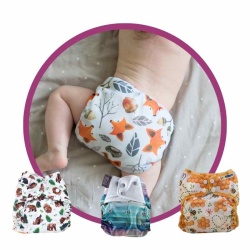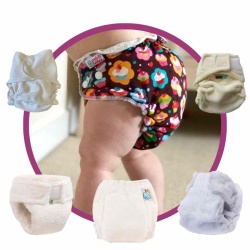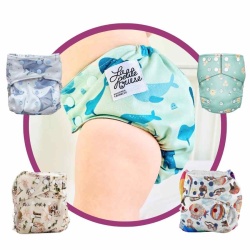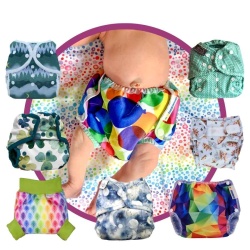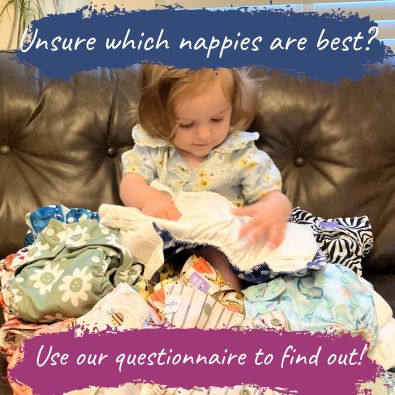Getting Started With Cloth Nappies
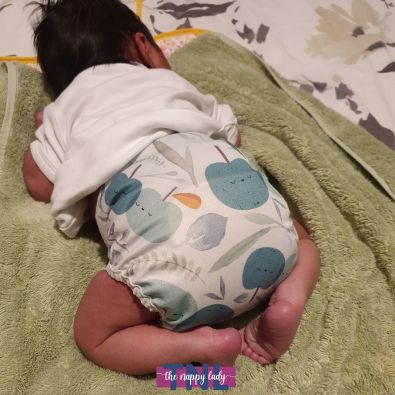
Understanding Your Reusable Nappies
Reusable nappies come in many different styles, and modern cloth nappies are generally simple to use, easy to care for and a practical option for most families. Using reusable nappies is not hard, just different from using disposables. A cloth nappy will usually comprise of a number of parts, and understanding these will help you understand the different types of nappy.Starting from the outside and working in, you have:
- Waterproof layer: this can be a separate waterproof wrap, or sewn into an all-in-one or pocket nappy.
- Absorbency: absorbs the wee and catches the poo. This can be a shaped fitted nappy, an absorbent inner layer, or loose inserts.
- Liner: the layer nearest baby's skin. Helps to catch any solids and acts as a stay dry barrier against baby's skin. It can either be a disposable or a washable liner.
- At night, you may also need to add extra absorbency in the form of a booster, so the nappy will last 12-14 hours without a change. This is just a pad of fabric (usually bamboo or hemp), effectively an extension of the nappy.
Types of Reusable Nappy
There are lots of different types of cloth nappy out there, each with their own pros and cons. Each type is made up of the same basic parts, just put together in a different way.
Two Part System: A two part nappy system means there is a separate nappy and waterproof cover. The nappy can be a modern shaped or fitted nappy, or a traditional flat nappy like a terry square. A two part system is best for containment and reliability and perfect for night time, but can be slower to dry and sometimes bulky.
All In One: In an all-in-one nappy, the nappy and wrap parts are built together into one piece. The absorbent part is fully attached and doesn't separate. They are quick and easy to use, so ideal for childcare. They don’t offer quite as much containment as a two-part system.
Pocket Nappy: Pocket nappies have absorbent insert(s) that are stuffed into a 'pocket' formed by the waterproof outer and fleece lining. The pocket nappy is prepared beforehand then acts like an all-in-one. Like an all-in-one, it’s very convenient to use, but can take a little more time to prepare after washing/drying.
All In Two: An all in two nappy system falls somewhere between a two-part system and an all-in-one nappy. The inner absorbent pads pop onto the outer wrap and, once poppered, forms a one-piece nappy. At nappy change time, take out the wet insert then popper a clean insert back into the same cover.
Cloth nappies can either come as a ‘One-size’ nappy, suitable from 10lbs right through to potty training, or come in different sizes as baby grows. With a sized system, unlike disposable nappies, most people will only ever need two sizes of cloth nappy. A one-size nappy has poppers at the front to adjust the length as baby grows.
How to care & wash reusable nappies
It's very simple! When you take the cloth nappy off your child, flush any poo down the toilet and put the dirty nappies and any washable liner in a nappy bucket. If using a two part system, you don't need to change the wrap with every nappy, only if it gets soiled, or at the end of the day (or night).
Washing reusable nappies doesn’t need to be difficult! Aim to wash your soiled nappies no longer than every two days.
A basic nappy washing routine would be as follows:
- Load the machine no more than 3/4 full when dry - basically don't overfill it.
- Run a rinse or quick wash cycle without detergent. NOT a prewash but a separate rinse or quick wash cycle.
- Long 40/60 deg wash, preferably at least 2 hours long and using lots of water.
Things to Note:
- -A cottons wash is usually the best option to choose.
- -Avoid an eco wash.
- -Add a detergent recommended by your nappy brand (commonly powder rather than liquid detergent).
- -Your detergent dose should be proportional to the size of washing load you've put in, e.g. if you have a 3/4 full drum use a 3/4 dose, half a drum load then use detergent for a half load.
- -NEVER any fabric softener. Dry nappies. Ideally air dry but if you tumble dry, only do this on low.
Learn more about washing nappies in our washing nappies advice section.
FAQ
Question: Do I have to store pooey and wet nappies separately?
No you can store both wet only and pooey nappies together in the same nappy bucket or wet bag. You can also wash wet and soiled nappies together no need to keep separate.
Using Cloth Nappies day to day
During the day, you would normally expect to change a cloth nappy every 2-4 hours, depending on your baby’s wee frequency and the nappies you have. A baby from a few months old can happily stay in the same nappy overnight, provided you have enough absorbency – typically from a good fitted nappy, booster and waterproof nappy wrap.
For more information on change frequencys read our article how often to change a cloth nappy.
Cloth nappies tend to fit lower on the hips than a disposable nappy; expect them to sit more like regular pants. When fitting the nappy onto your baby, you should be able to run a finger comfortably around the elastic.
How many nappies do you need?
As a starting point, a baby up to 6 months old would need 20 cloth nappies in total (15 day nappies and 5 night nappies if you’re using different types). An older baby would start with 15 nappies (11 day/4 night). These quantities are enough for using cloth nappies full time and washing alternate days. A few more nappies would make it easier to keep up with the washing, or you could have fewer nappies but plan on washing every day.
I've heard about Nappy Libraries. What are they?
The Nappy Lady’s nappy library is a popular choice with parents considering reusable nappies. My newborn hire kits are extremely popular as a low cost way of trying nappies from newborn. I am frequently asked by parents if we hire single nappies or if they can try just a select few nappies. Due to a recent expansion I am very pleased to now be able to say ‘yes this is an option on my website’.
Want to know more?
Read our complete beginners guide to reusable nappies.
Unsure what the best cloth nappy might be for you?
The Nappy Lady™ free Advice Questionnaire asks lots of questions about what you’re looking for in a nappy, and you’ll get a tailored recommendation on the best nappies to suit your particular needs.
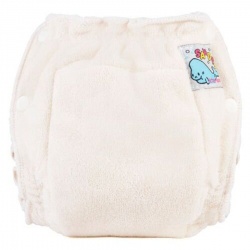
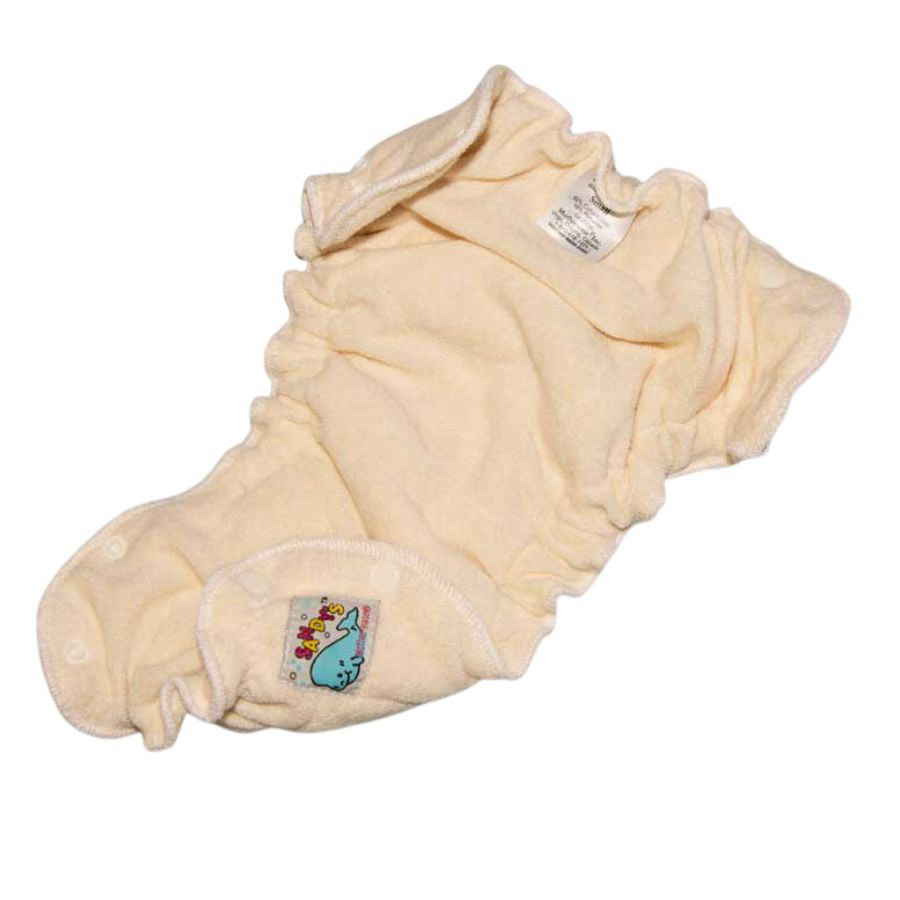
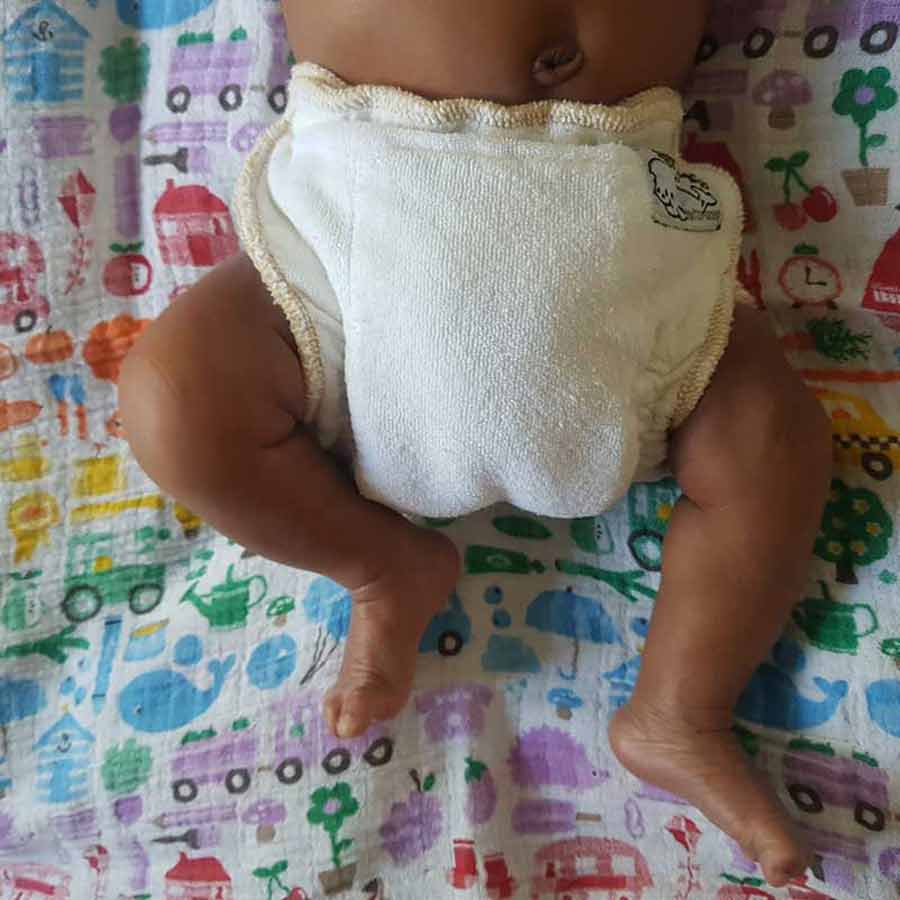
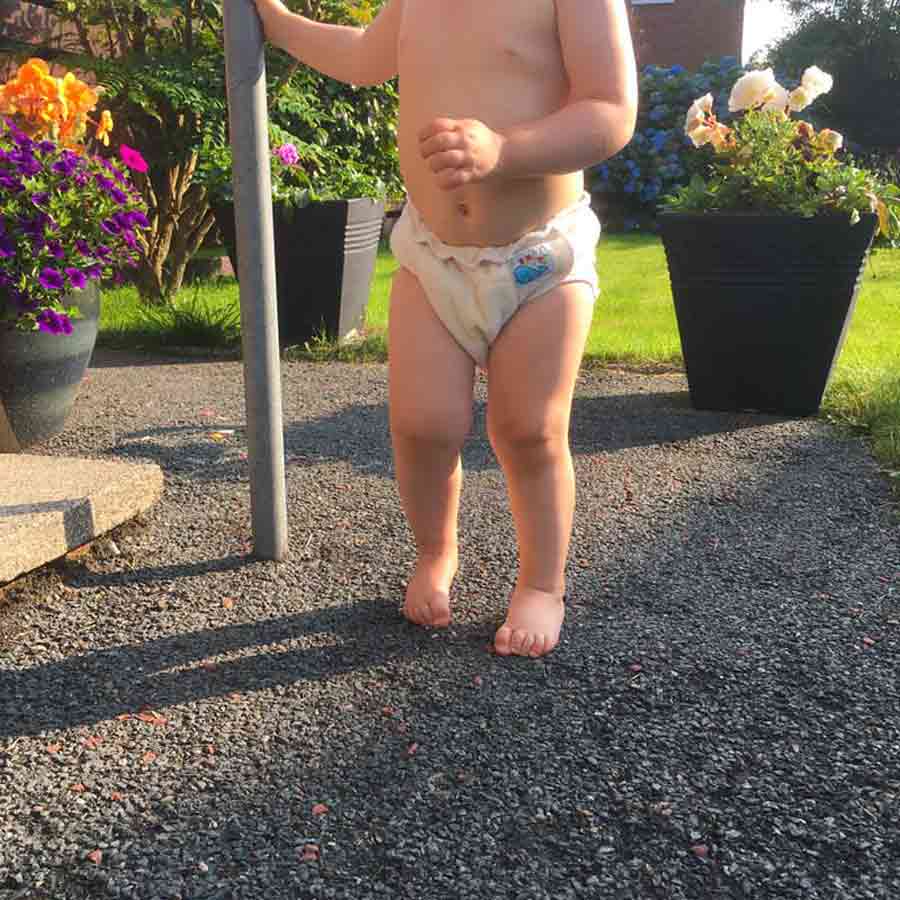
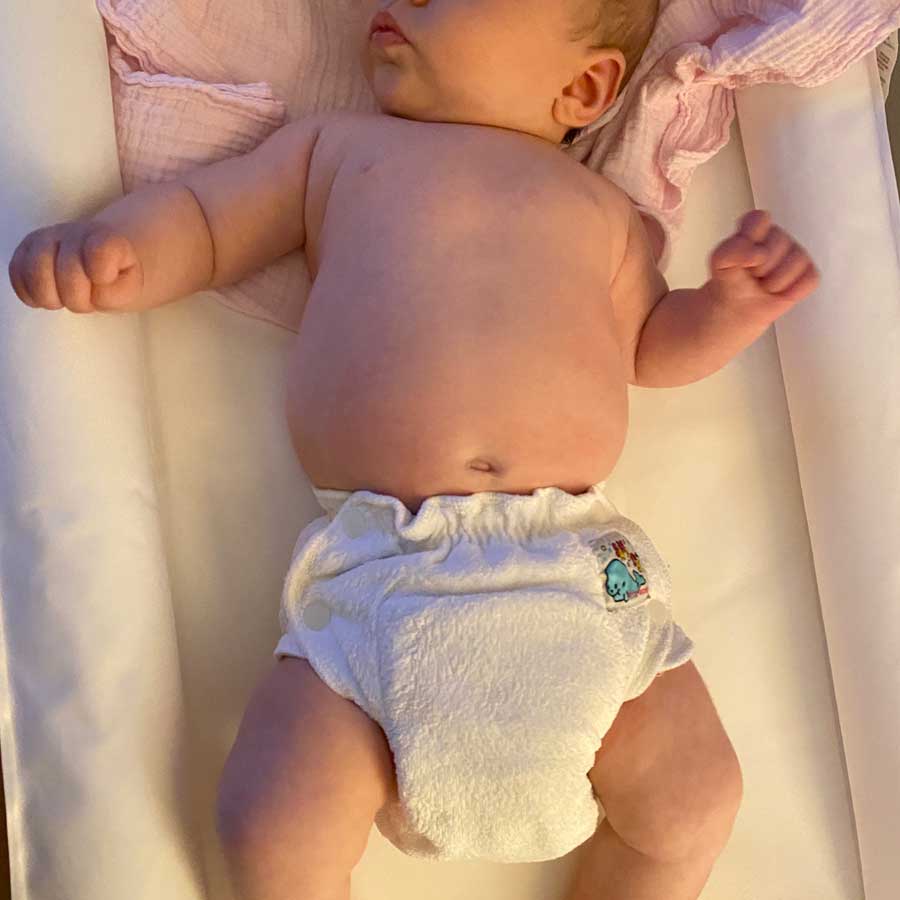
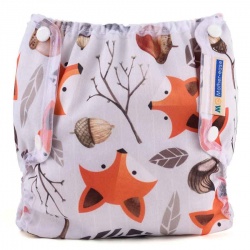
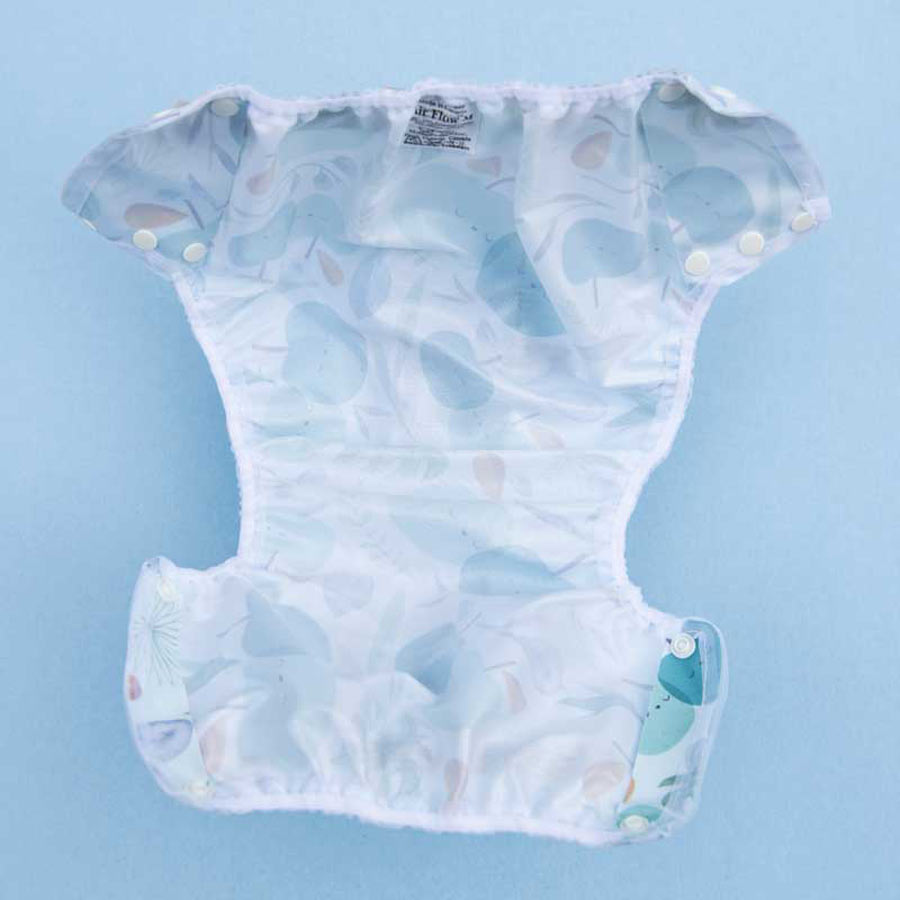
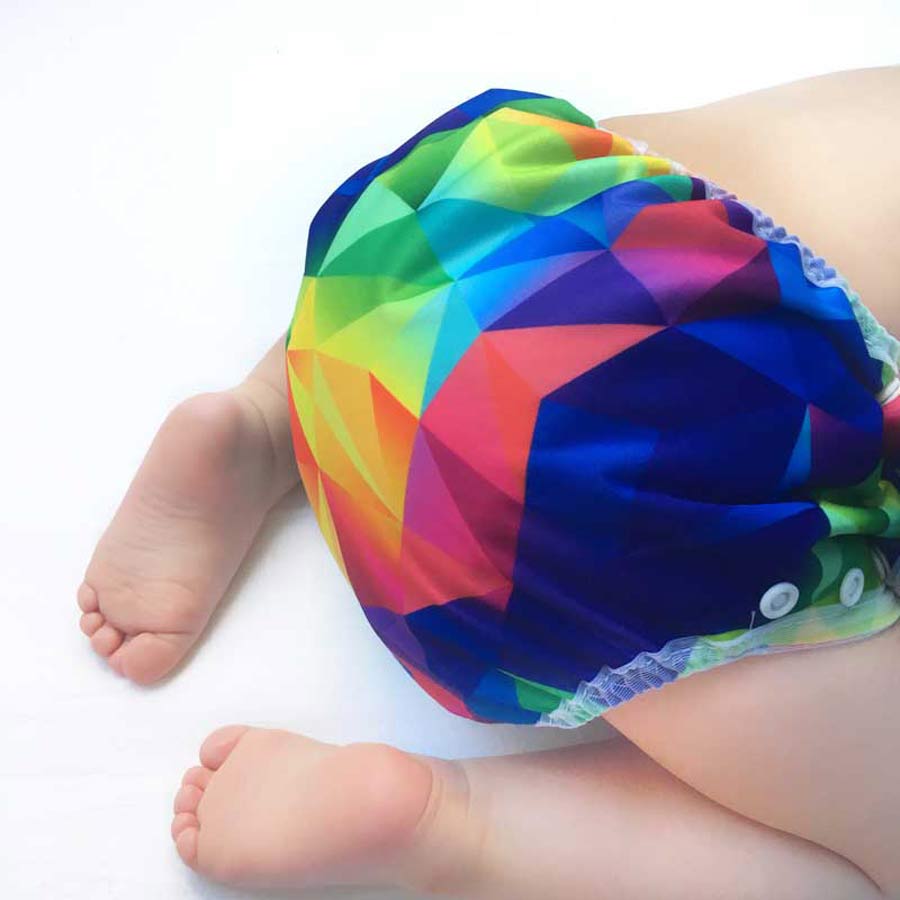
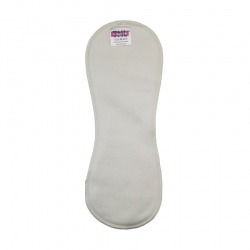
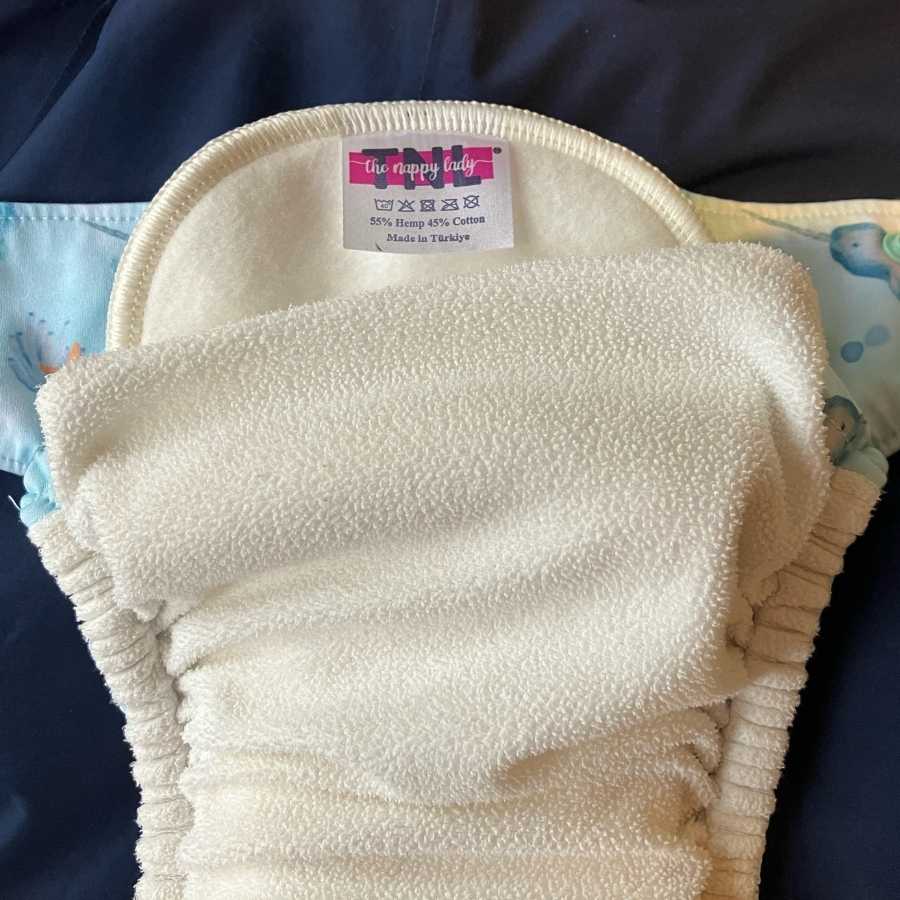

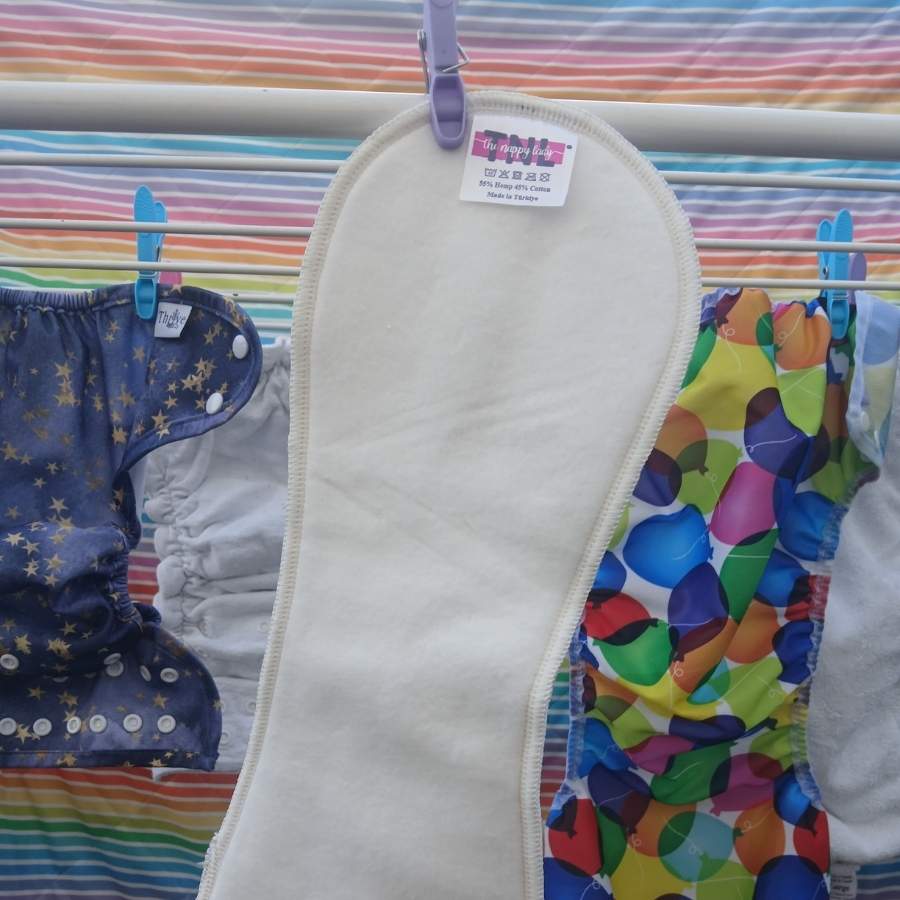
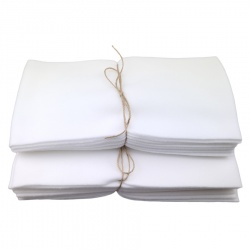
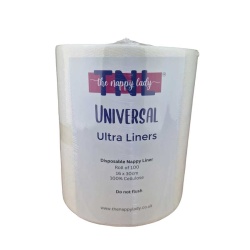

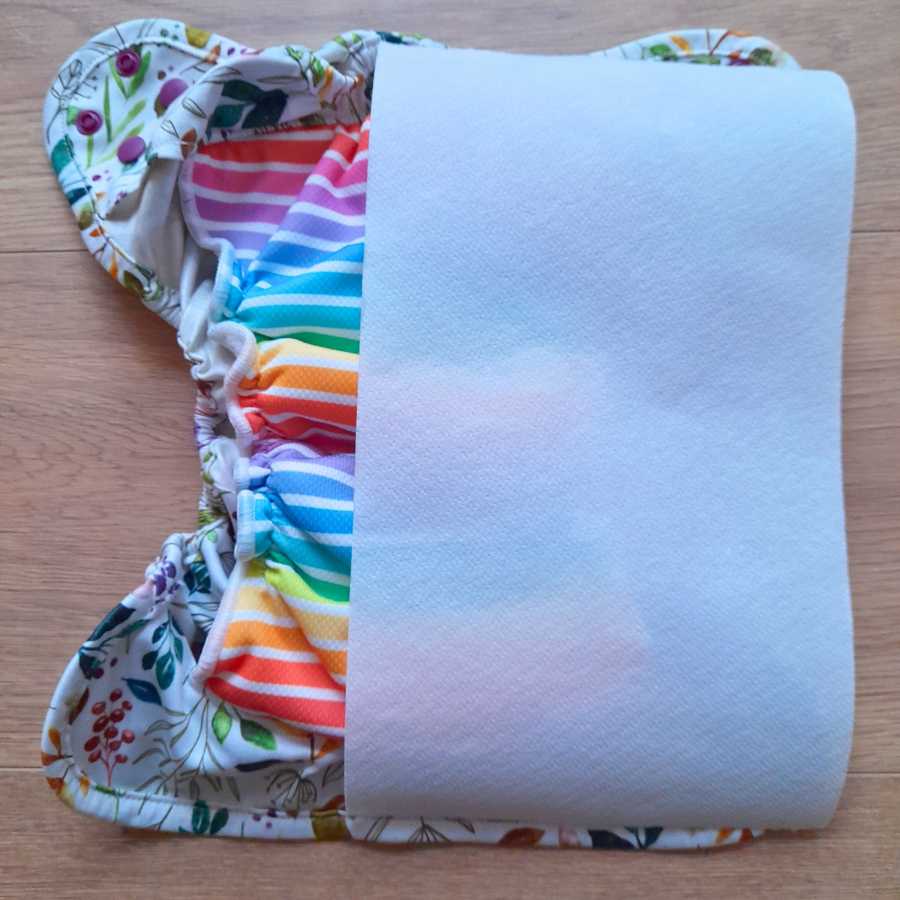

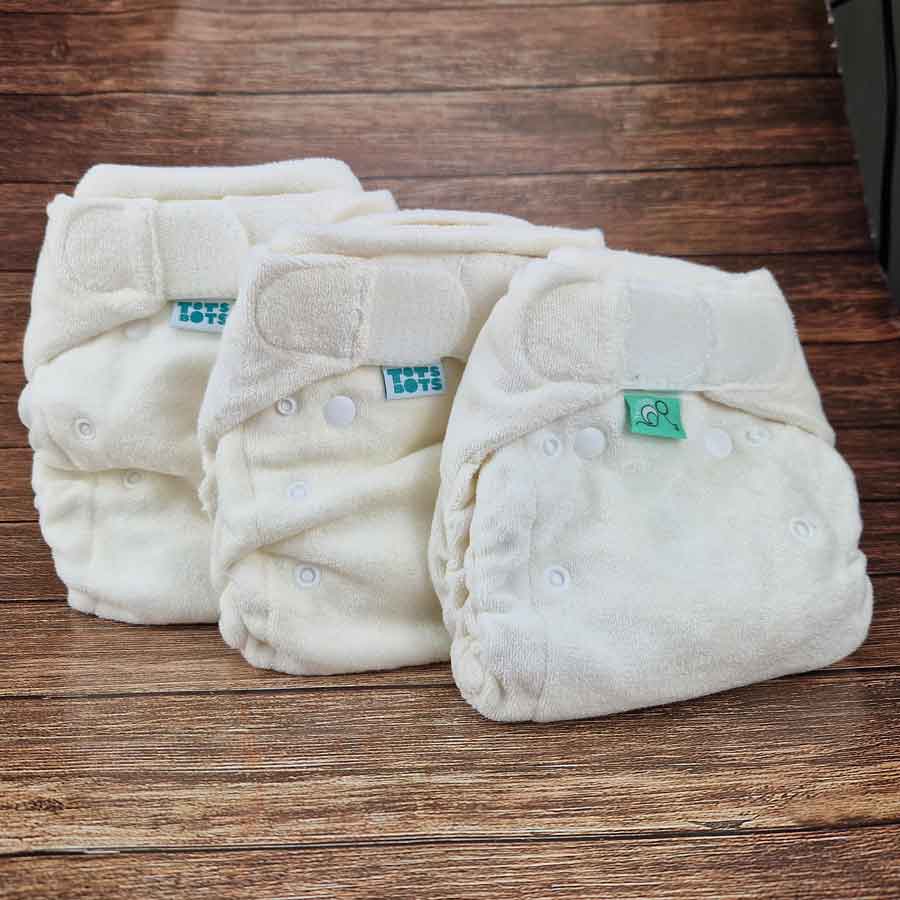
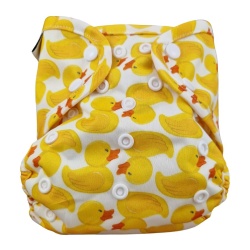

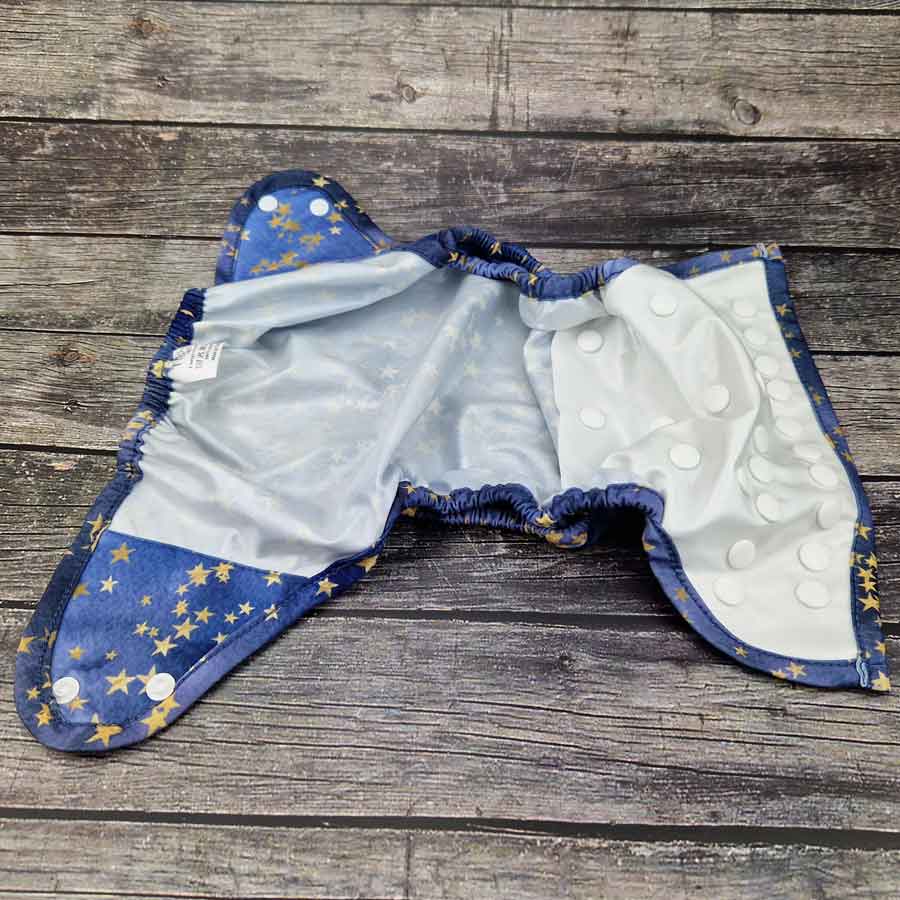
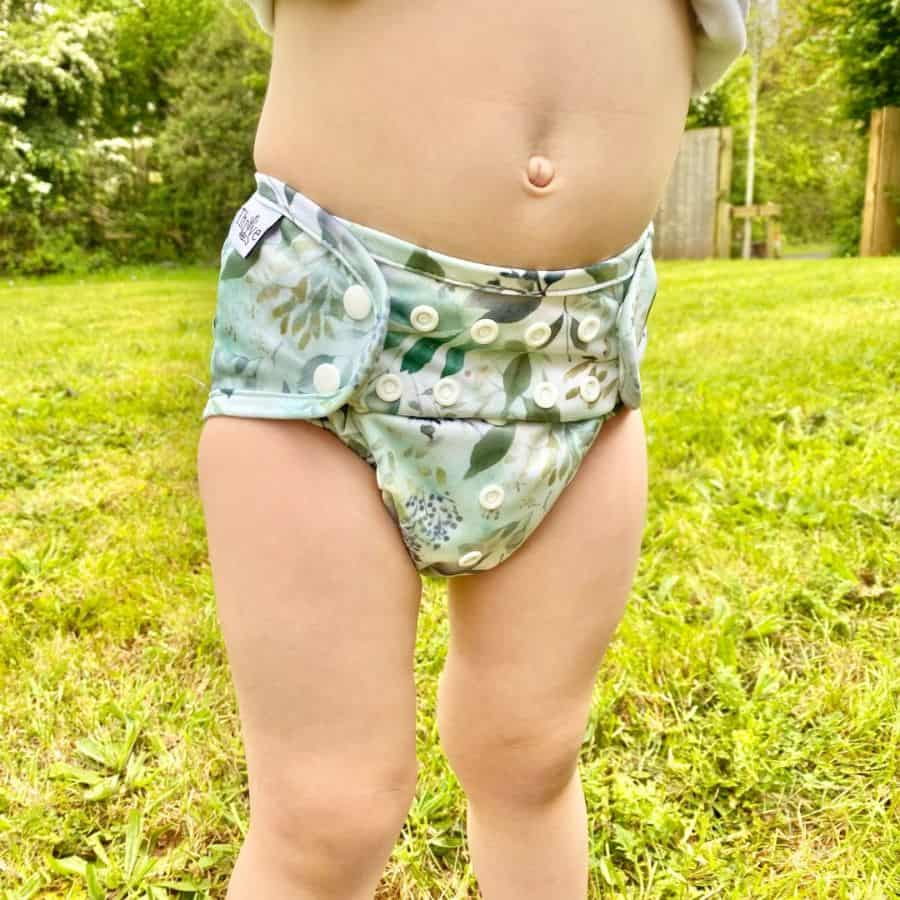
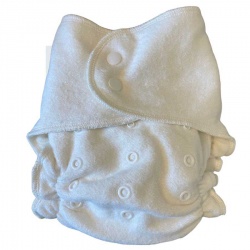
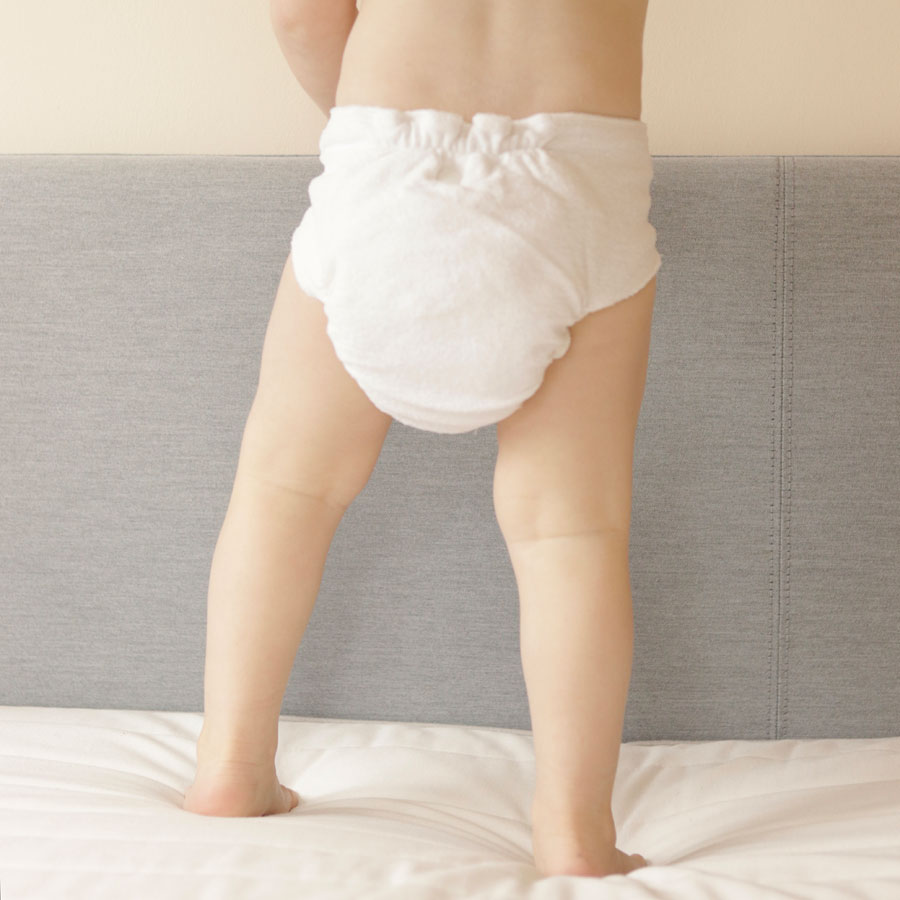
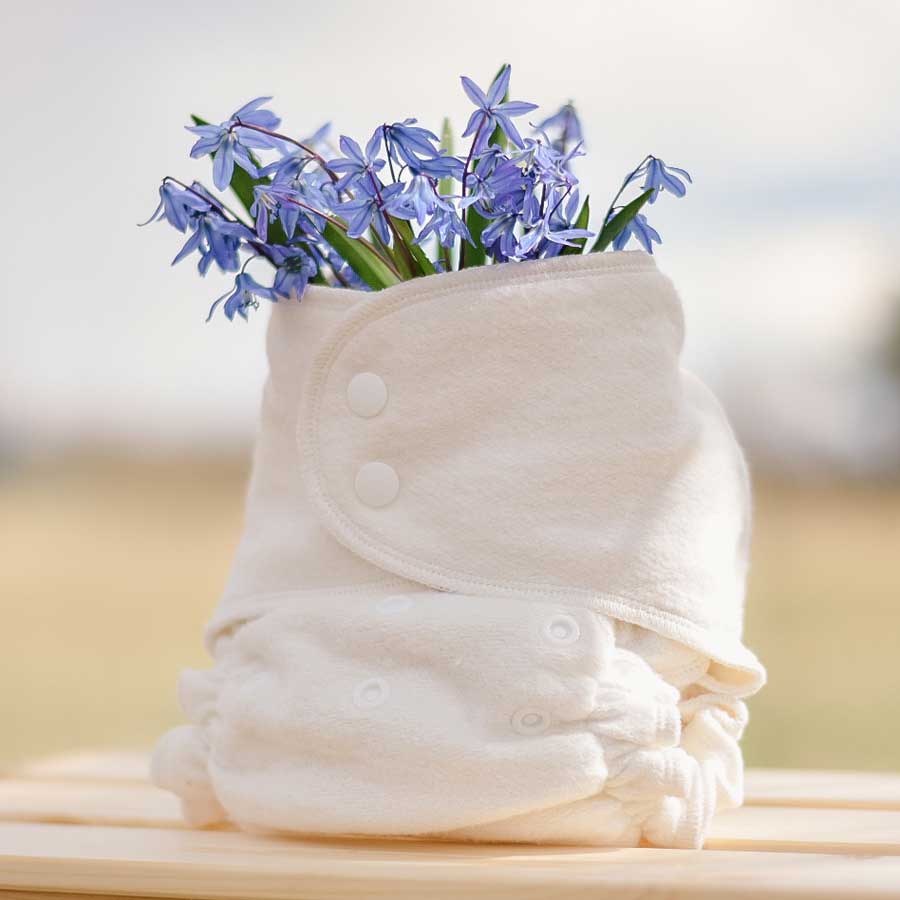
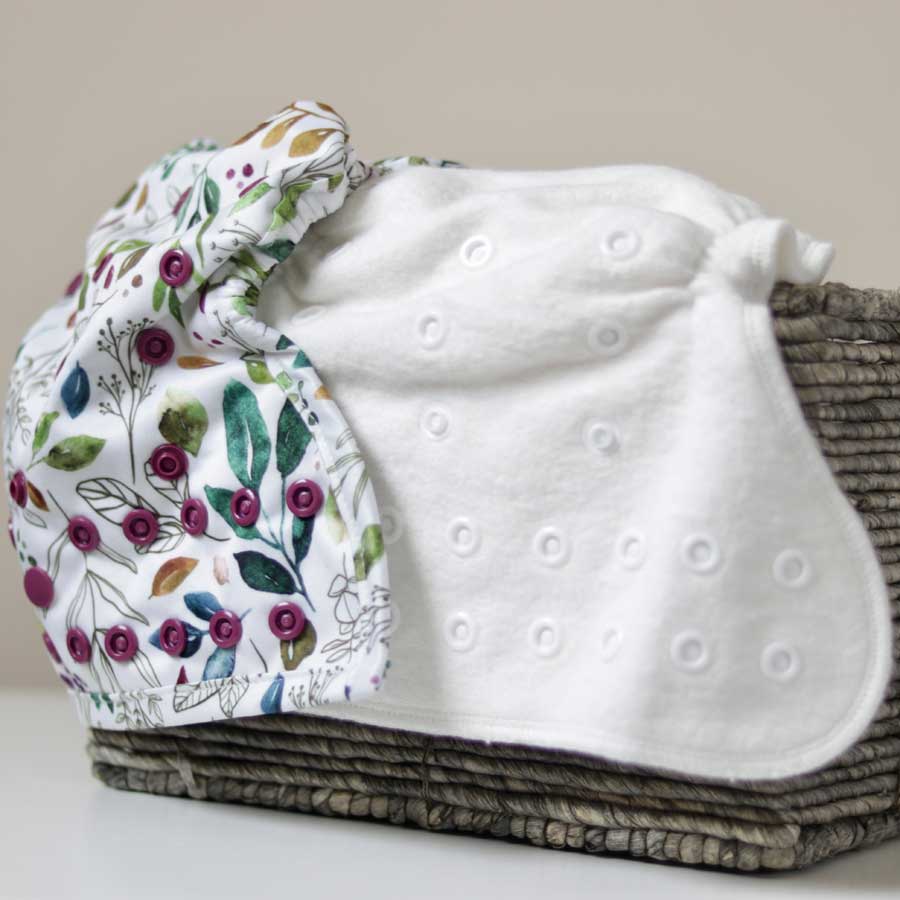
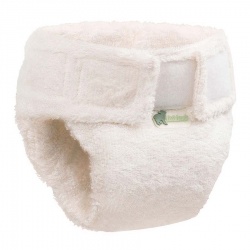
.jpg)
.jpg)
.jpg)
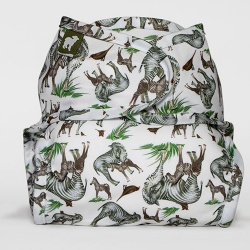
.jpg)
.jpg)
.jpg)
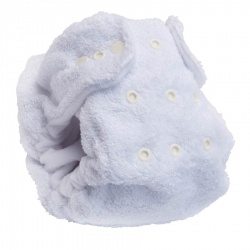
.jpg)
.jpg)
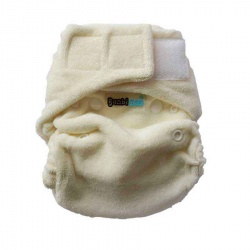
.jpg)
.jpg)
.jpg)
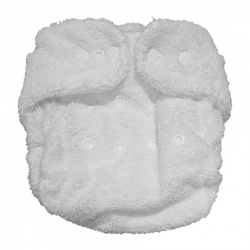
.jpg)
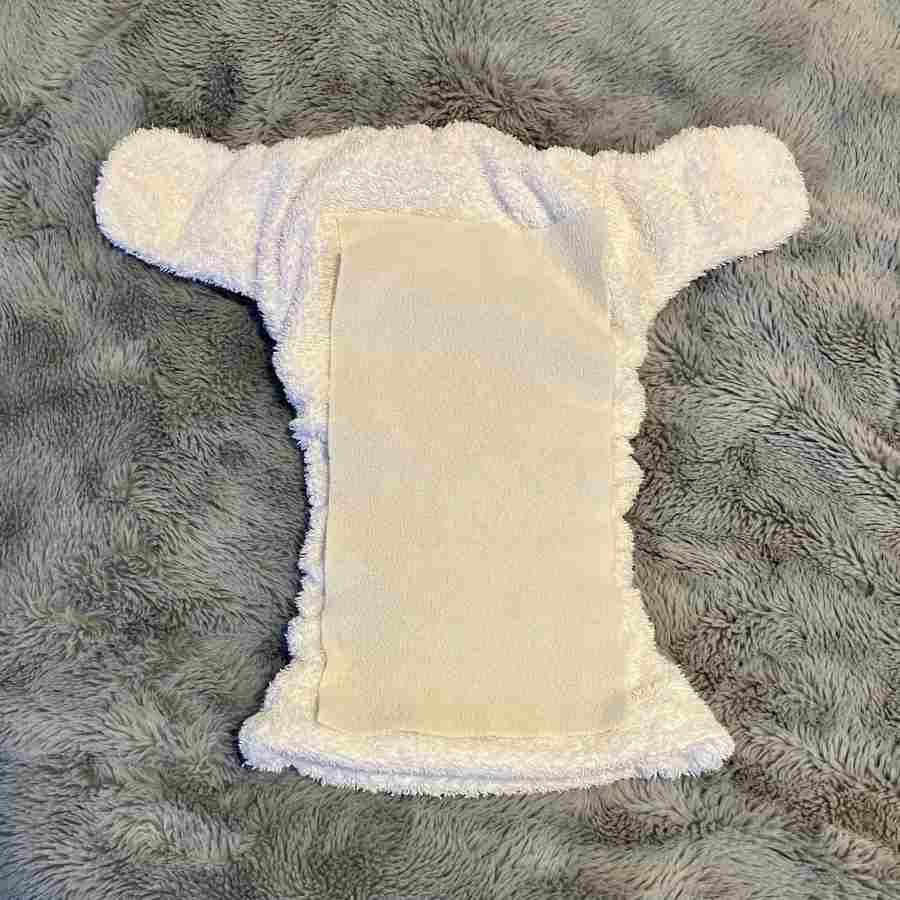
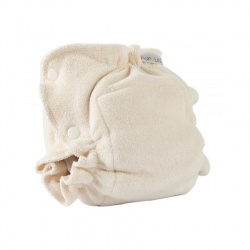
.jpg)
.jpg)
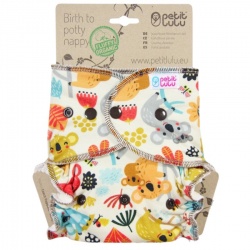
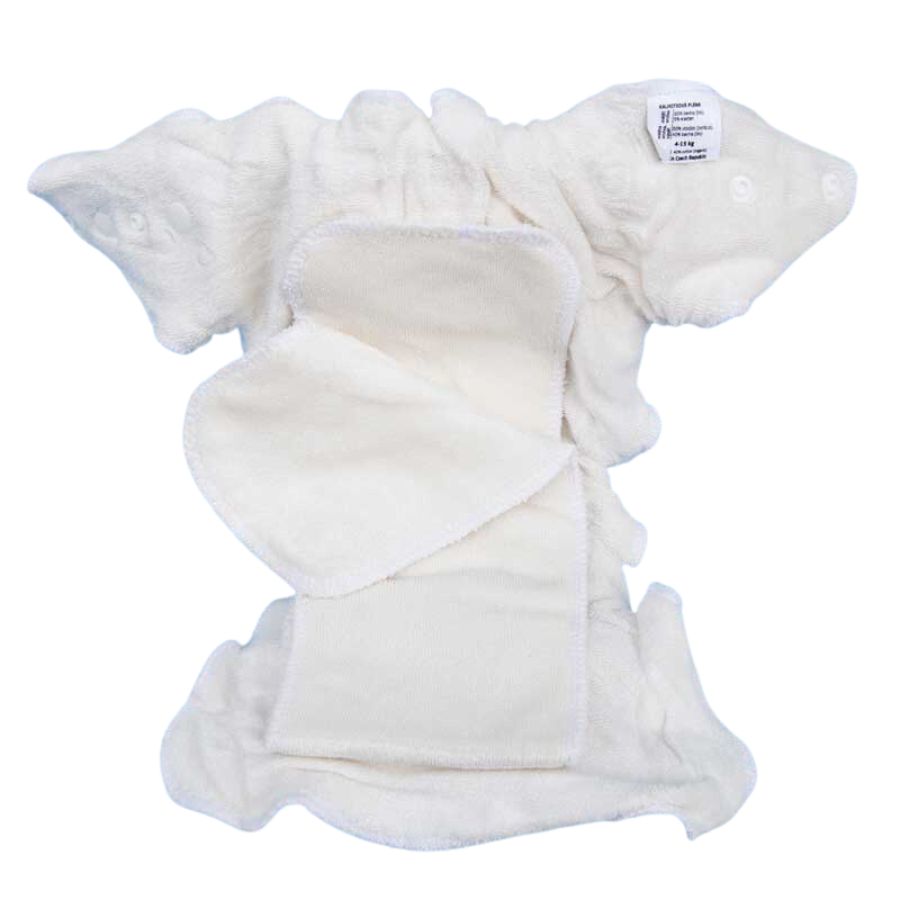
.jpg)
.jpg)
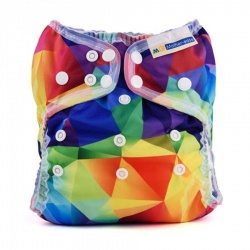
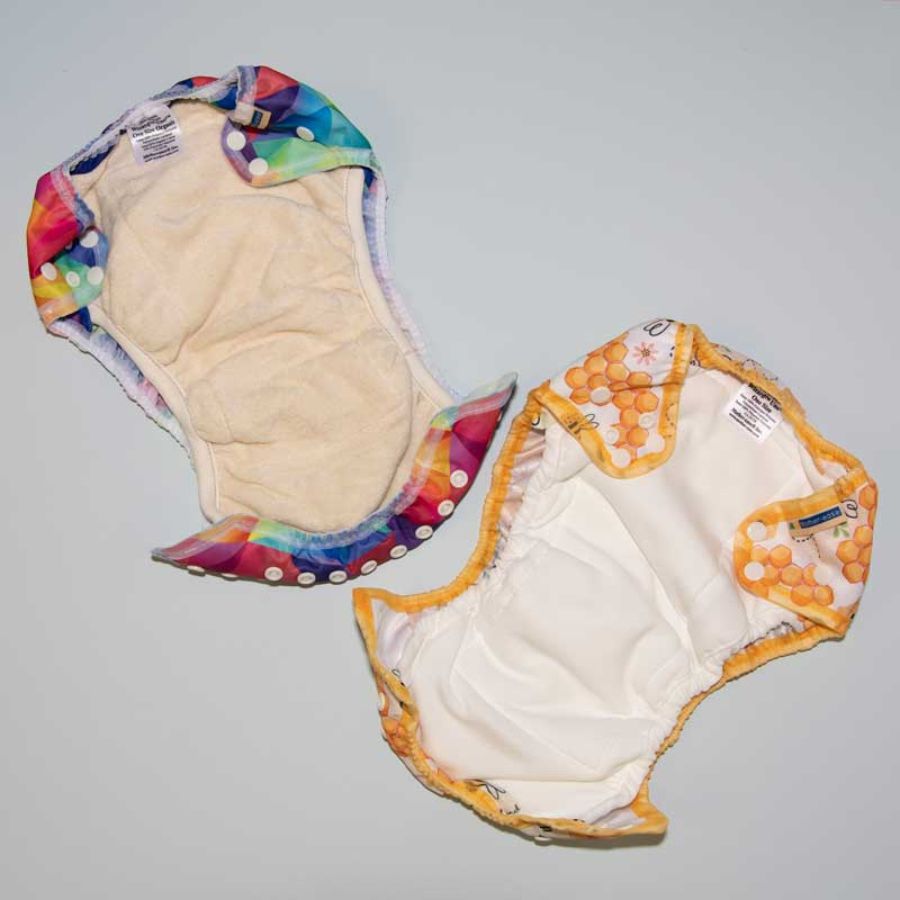
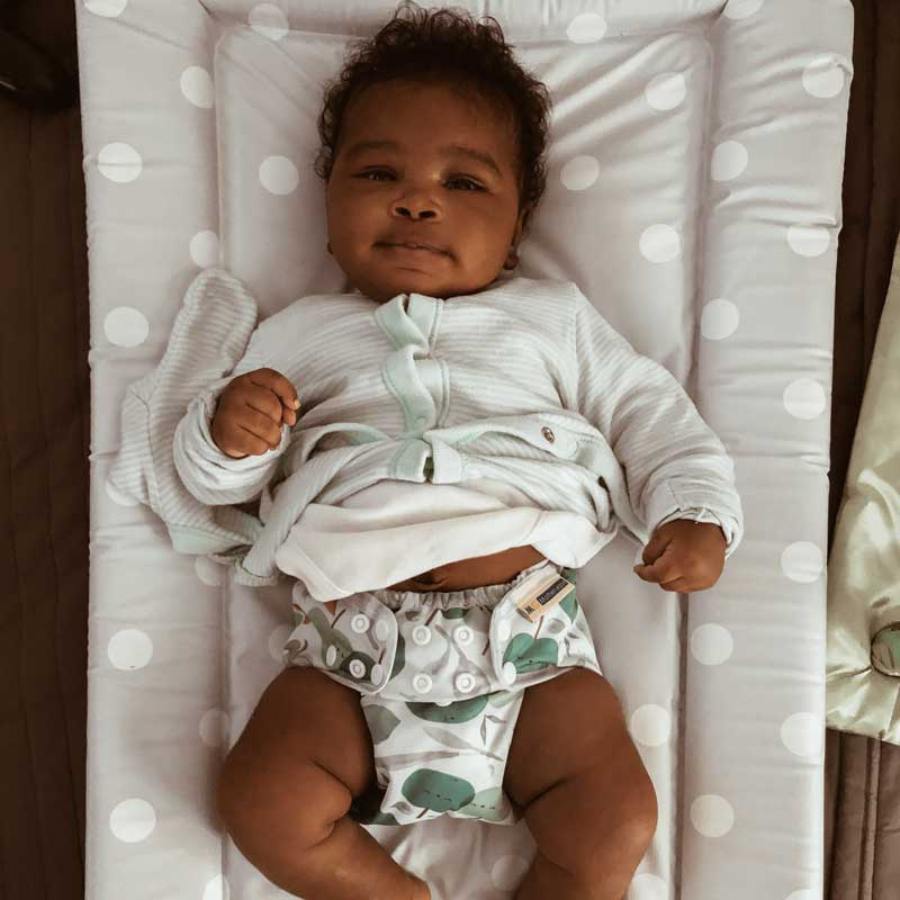
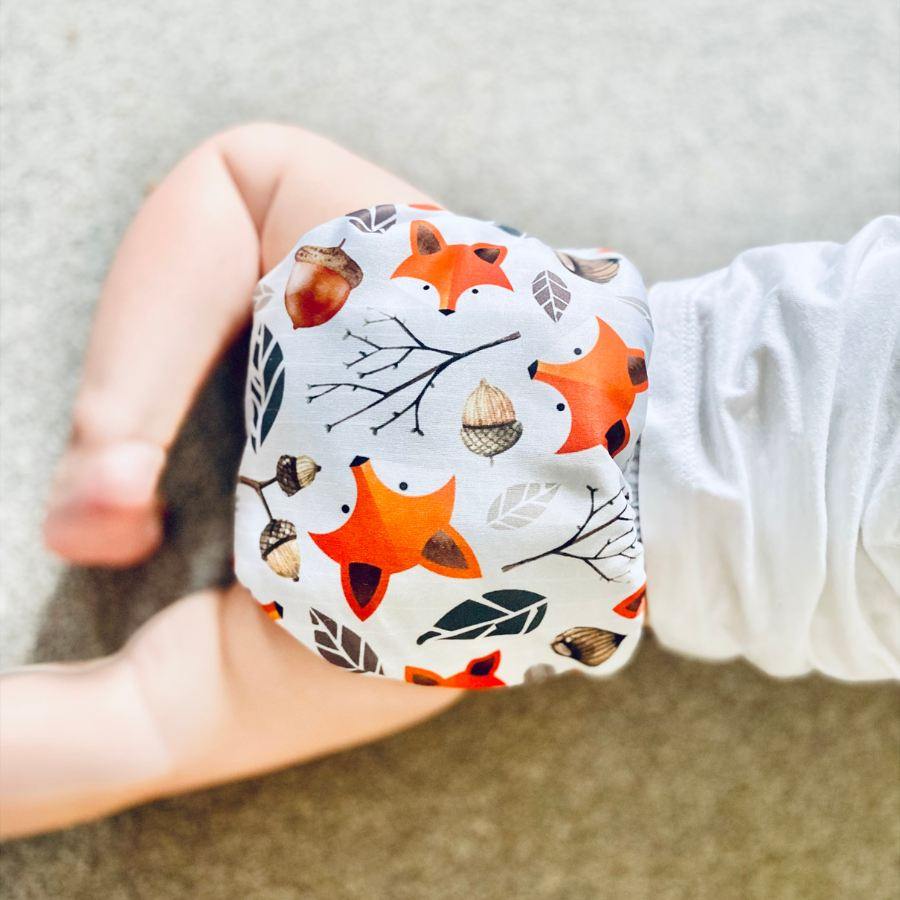
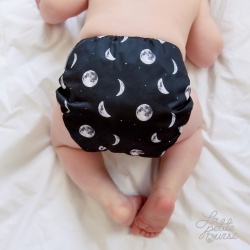
.jpg)
.jpg)
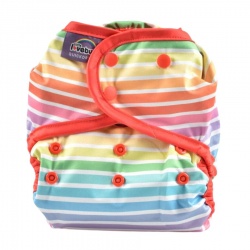
.jpg)
.jpg)
.jpg)
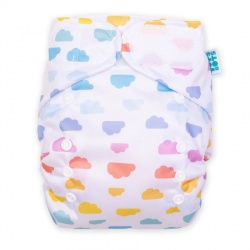
.jpg)
.jpg)
.jpg)
.jpg)
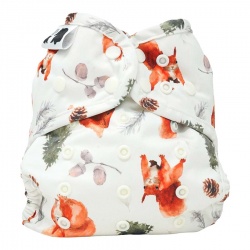
.jpg)
.jpg)
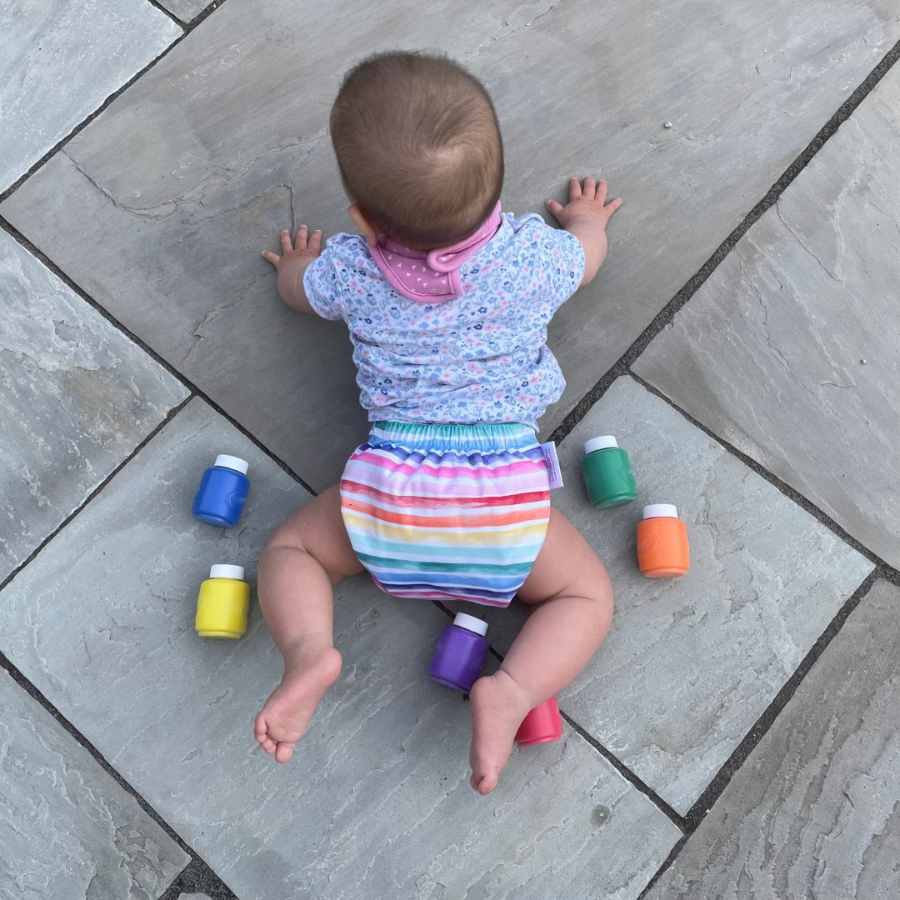
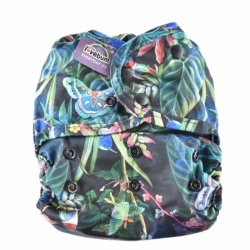
.jpg)
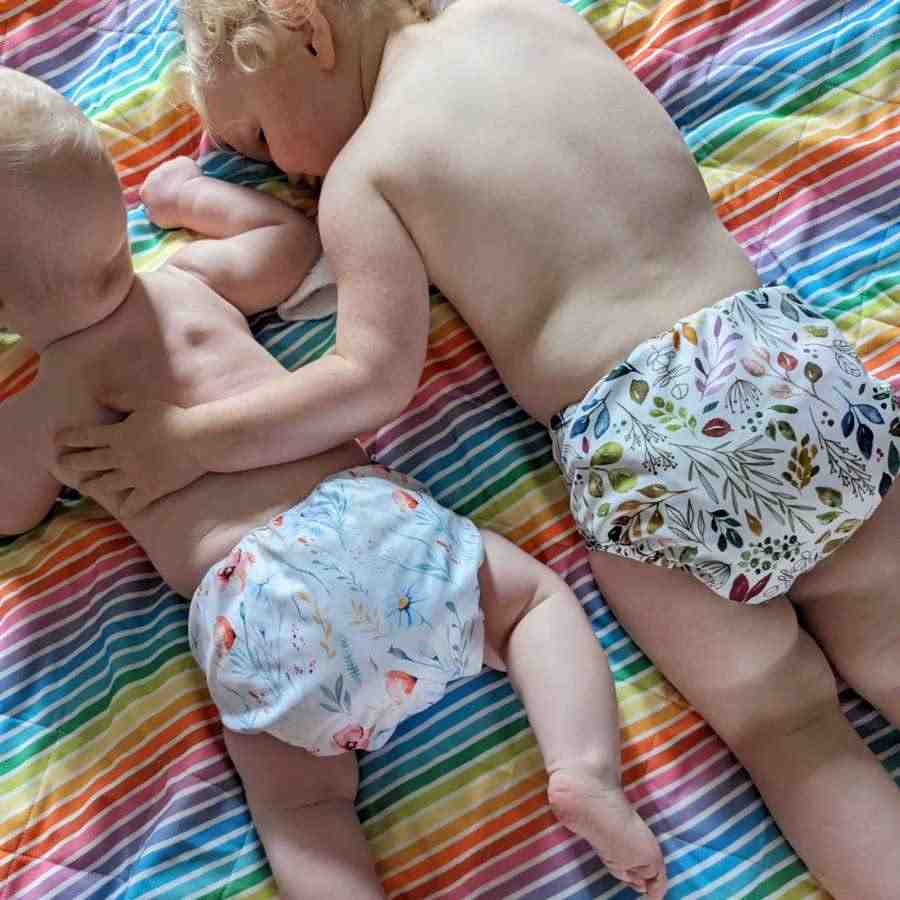

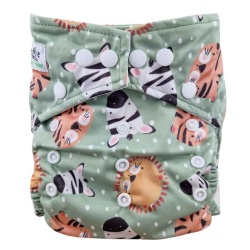
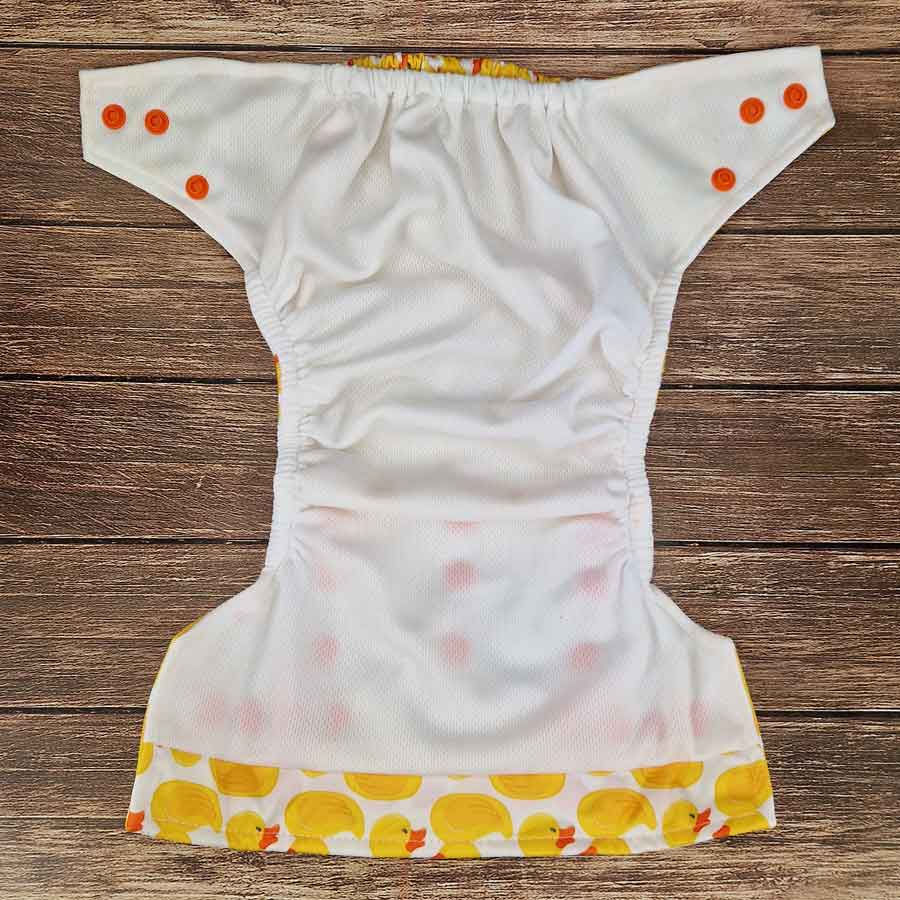
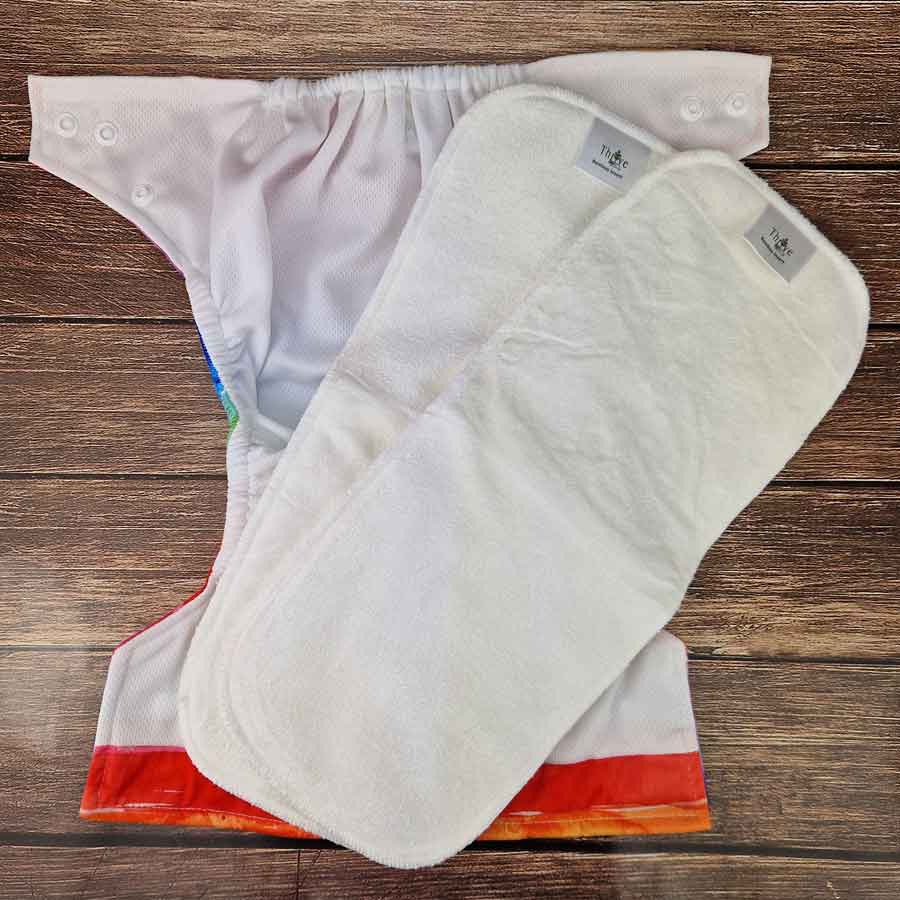
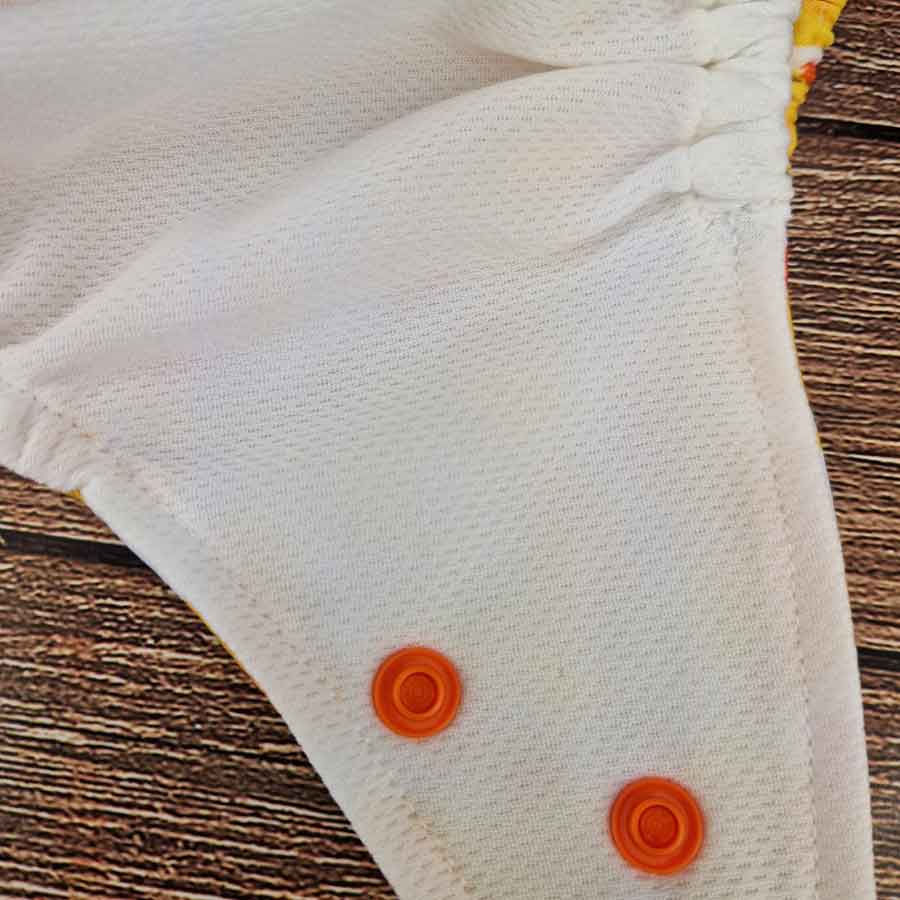
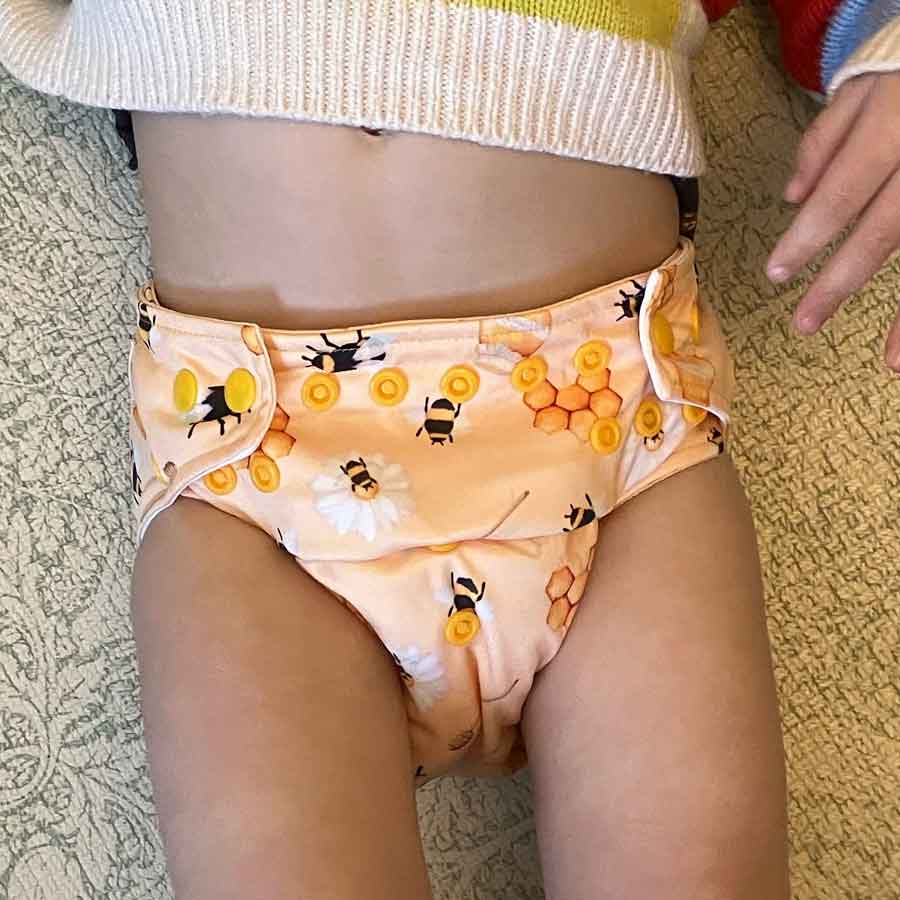
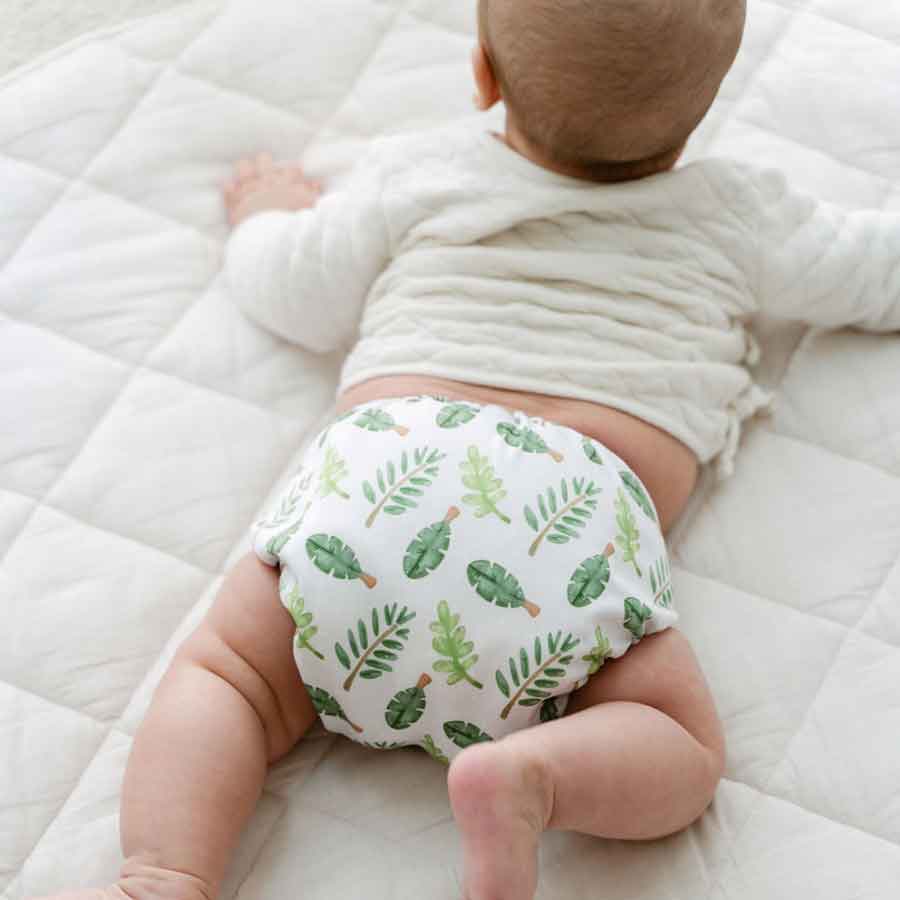
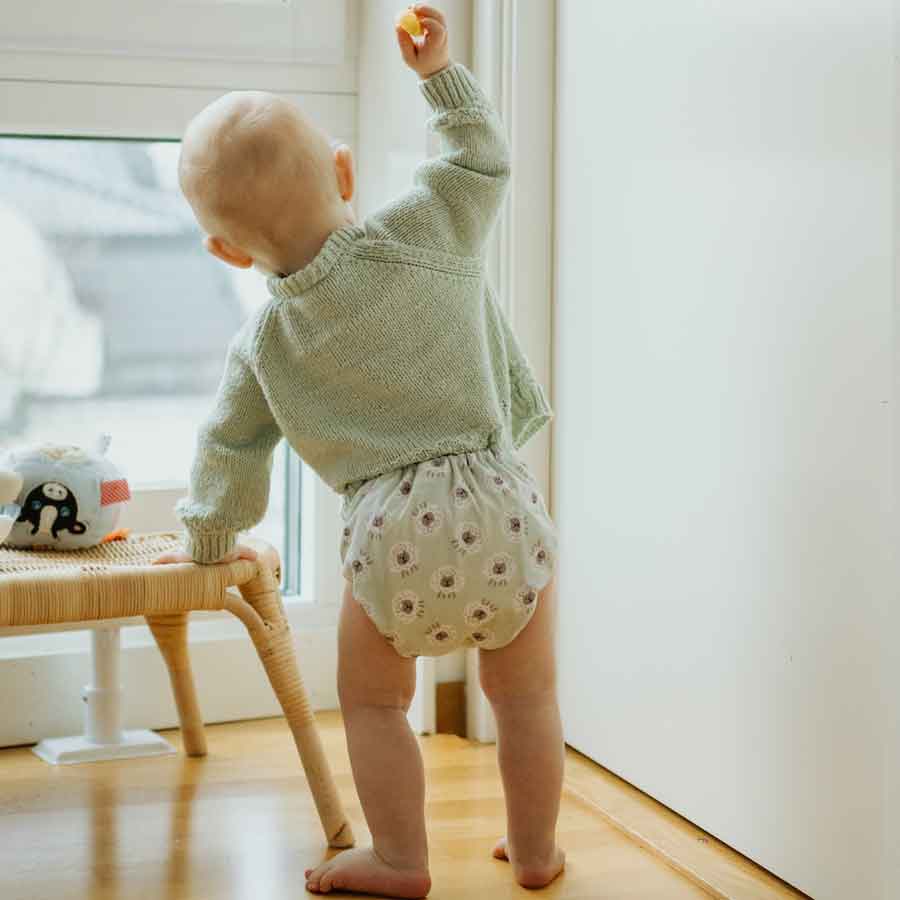
.jpg)
.jpg)
.jpg)
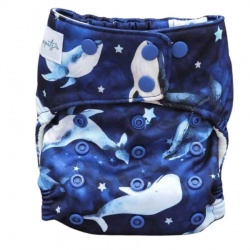

.jpg)
.jpg)
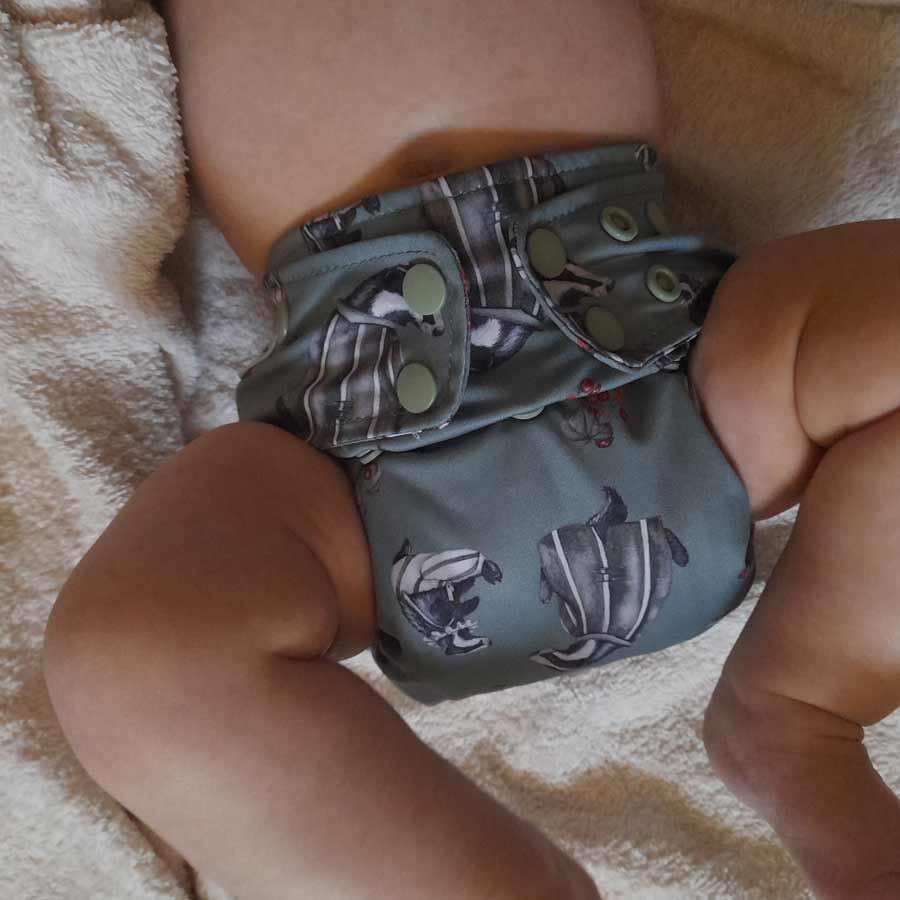

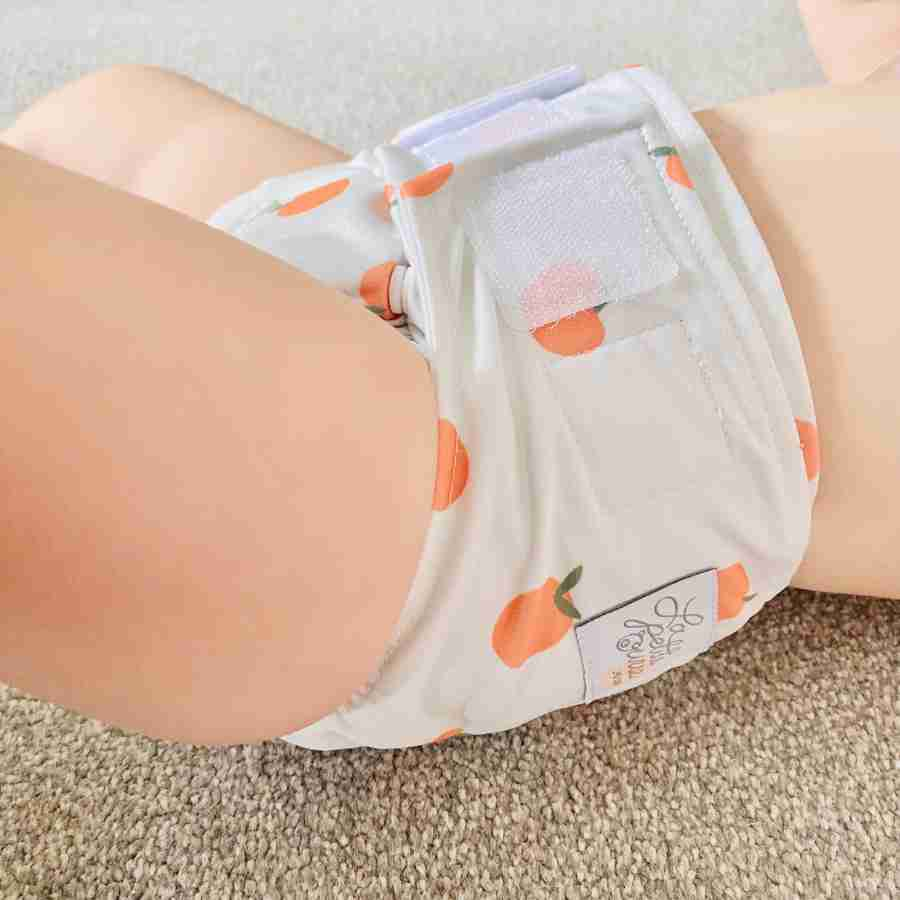
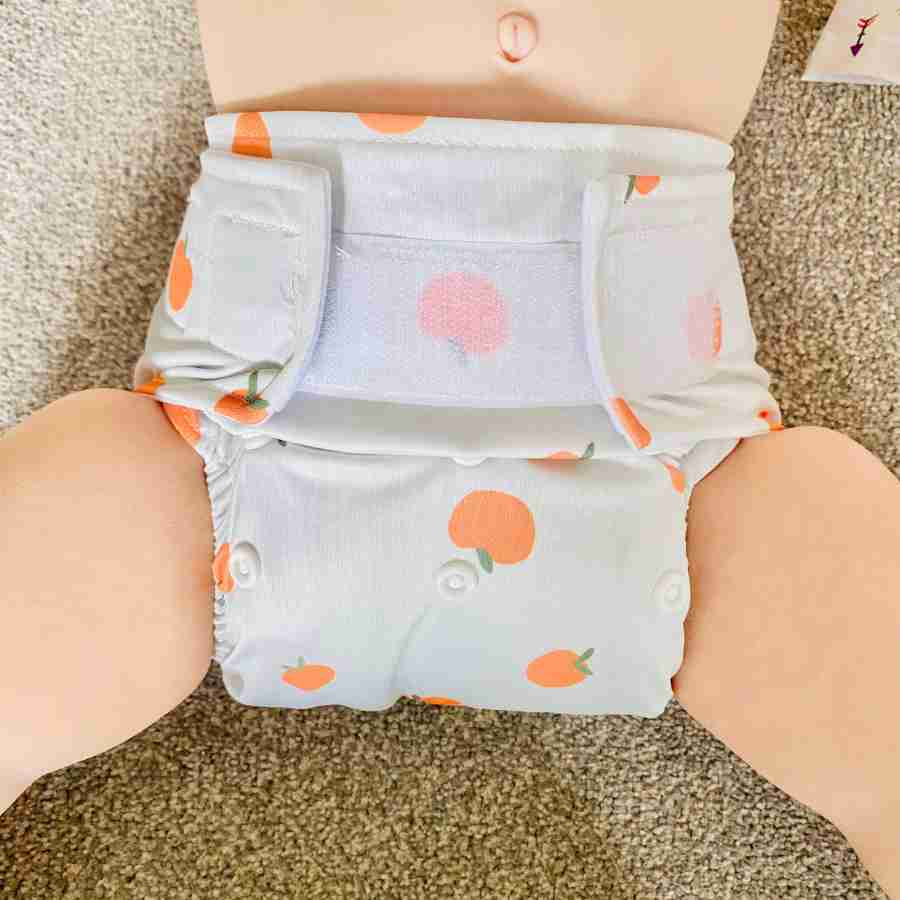
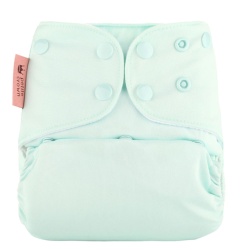
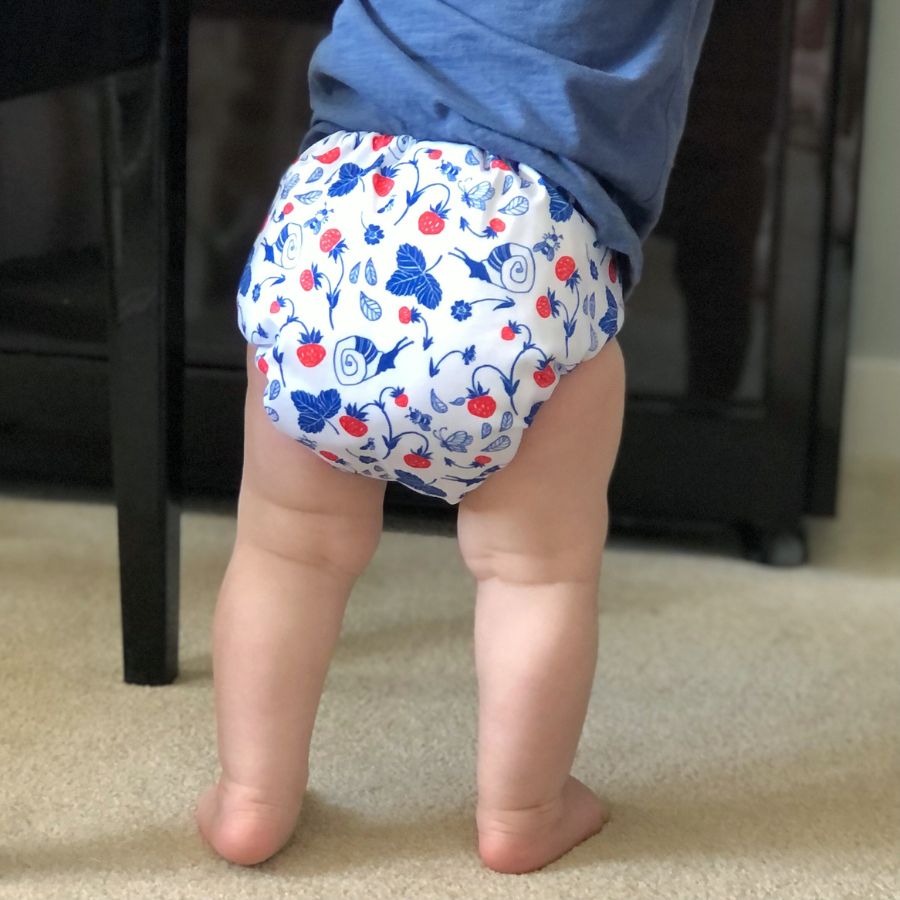
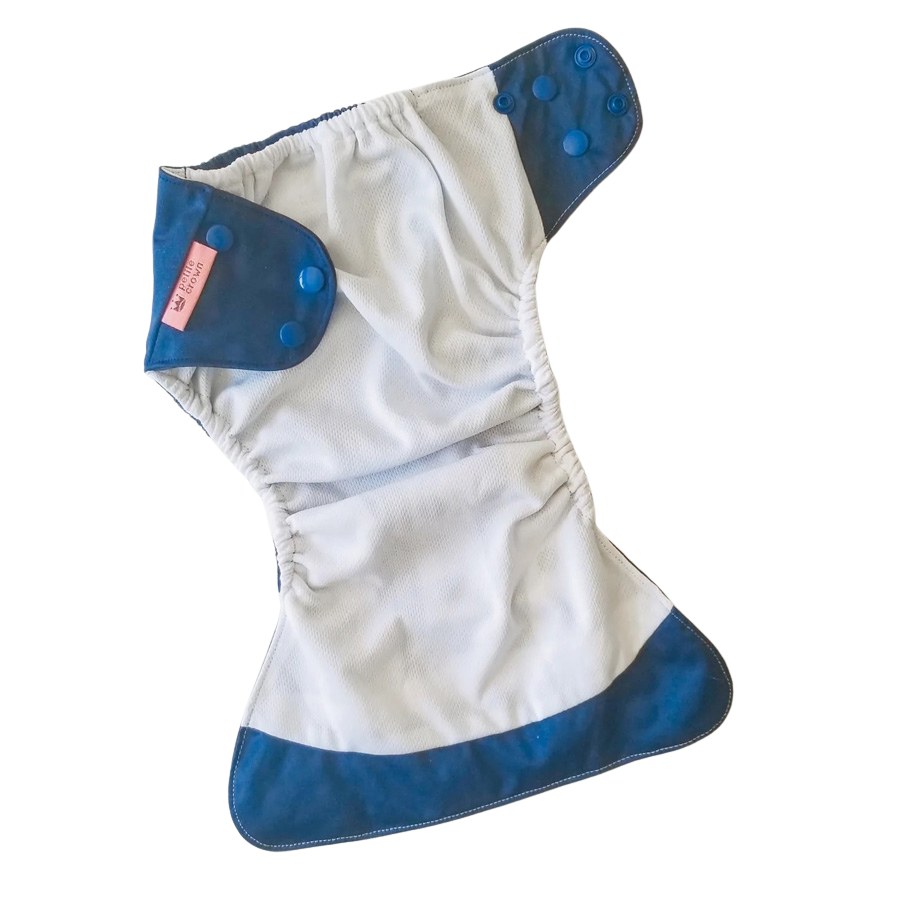
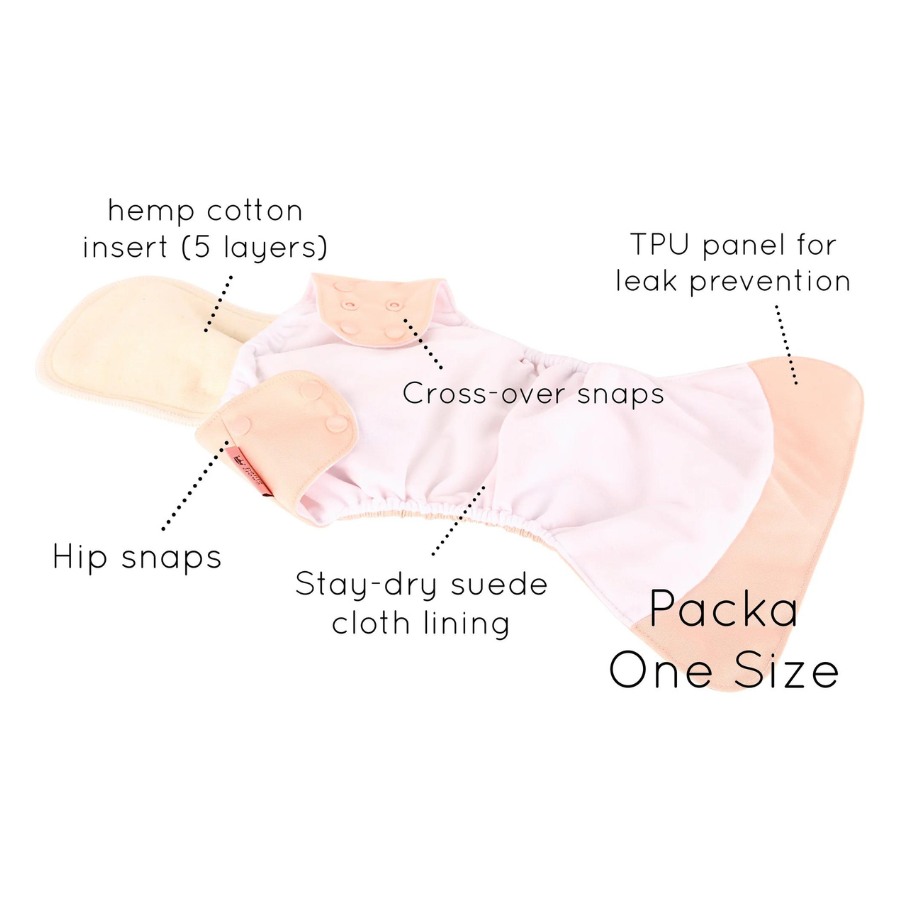
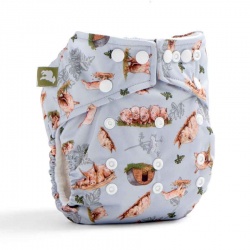
.jpg)
.jpg)
.jpg)
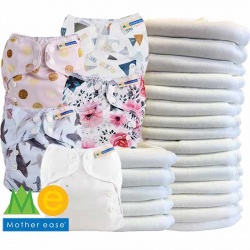
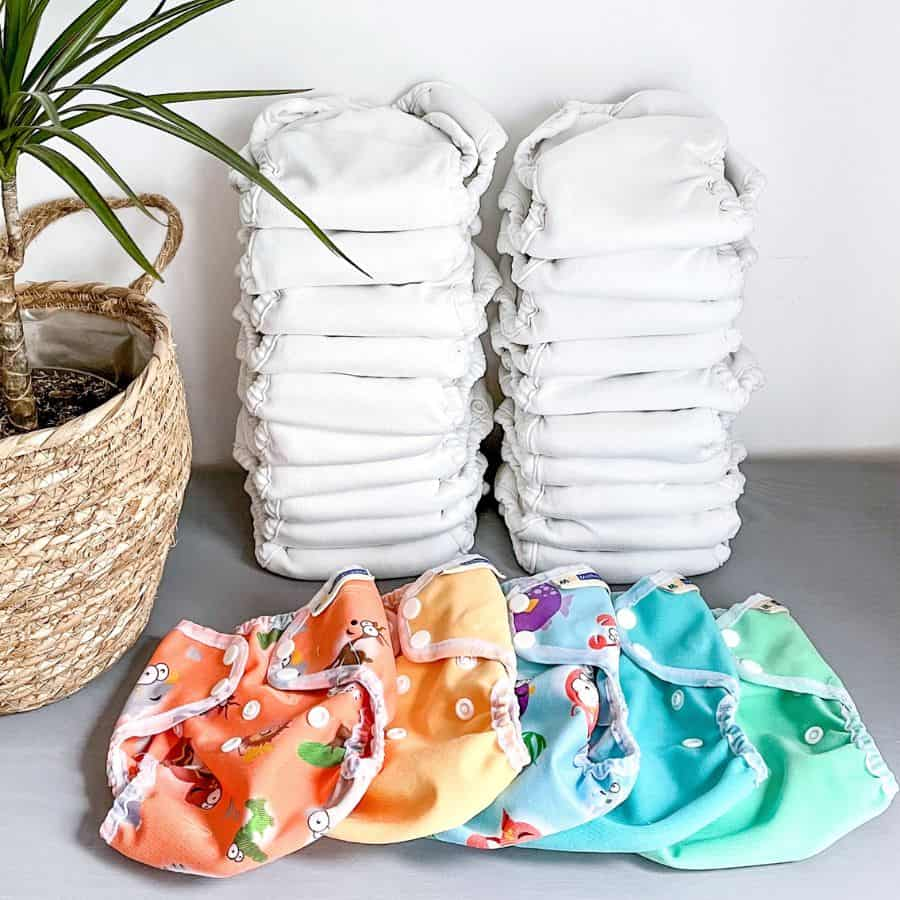
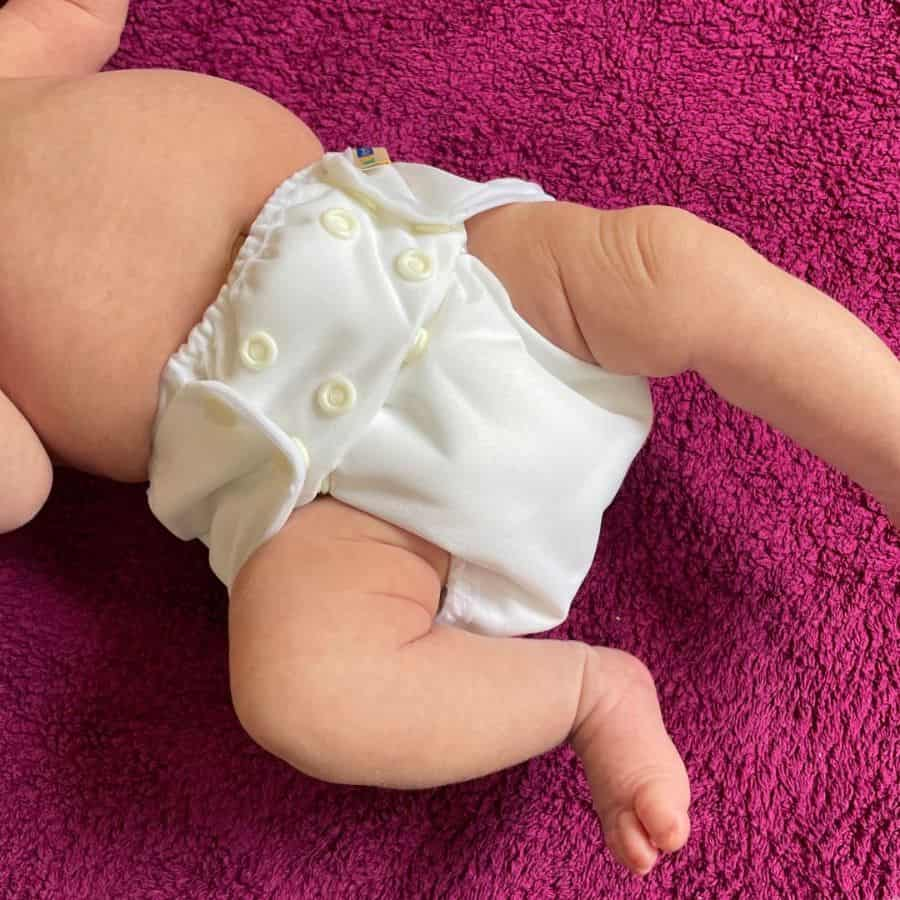
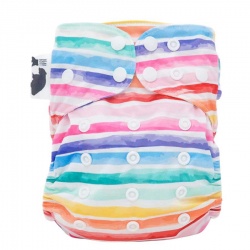
.jpg)
.jpg)
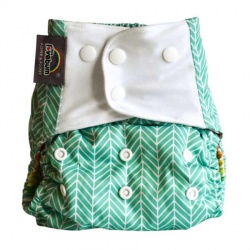
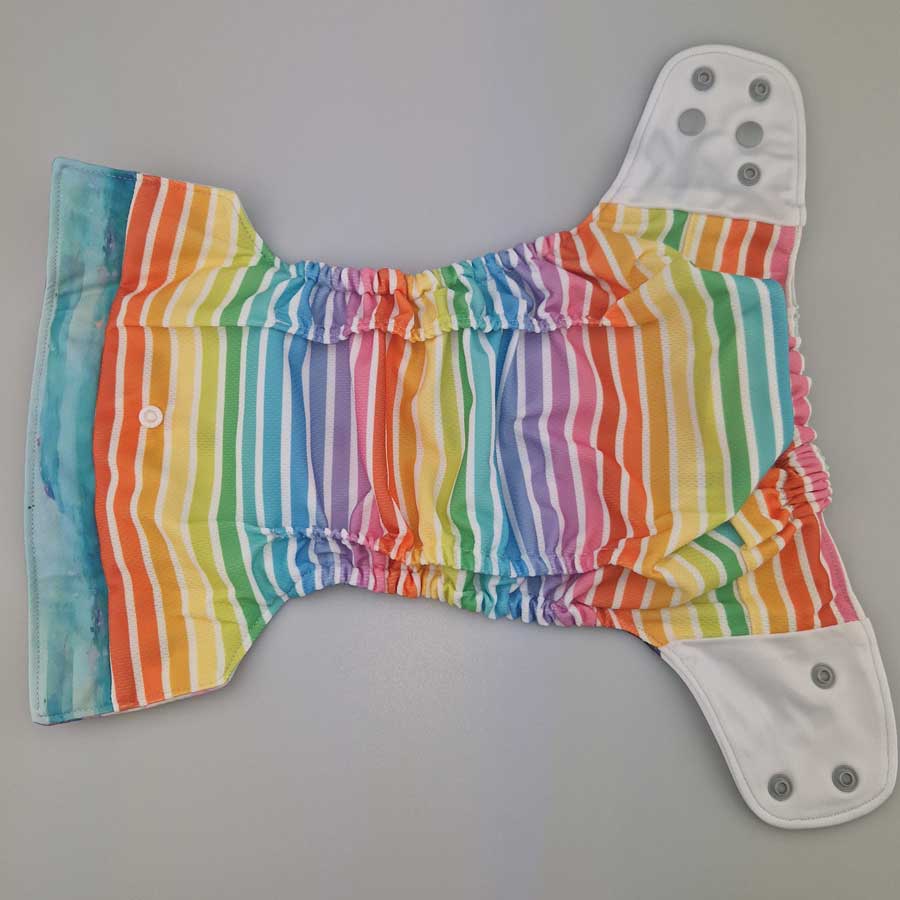
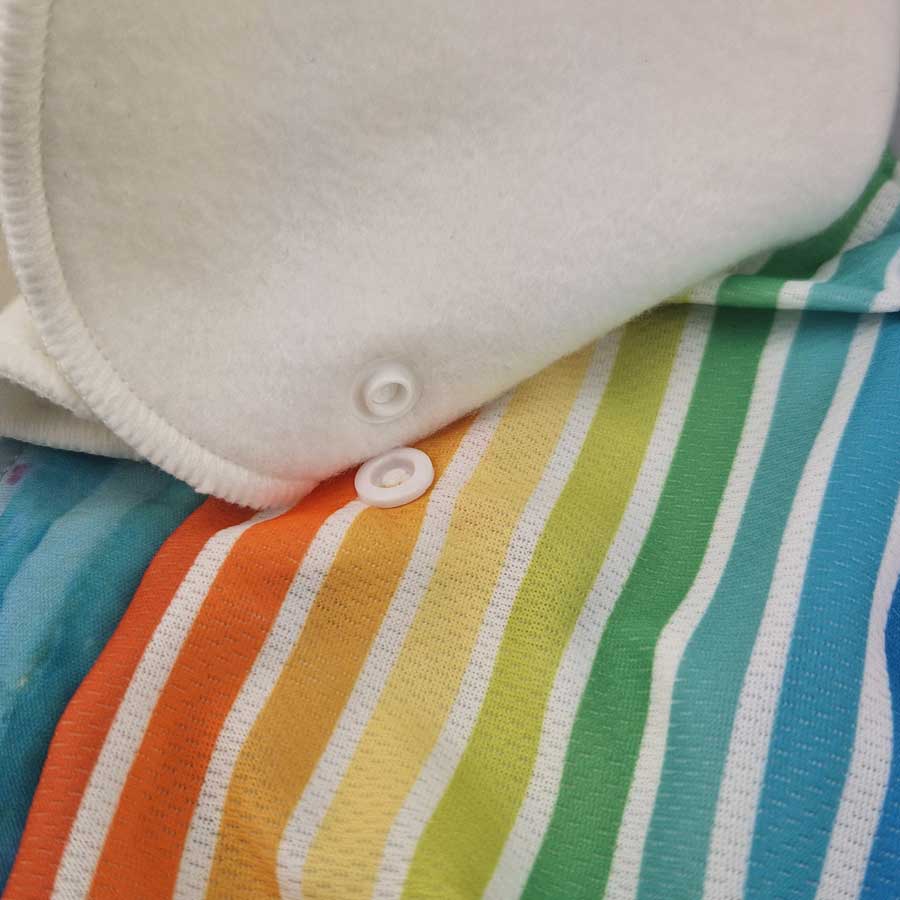
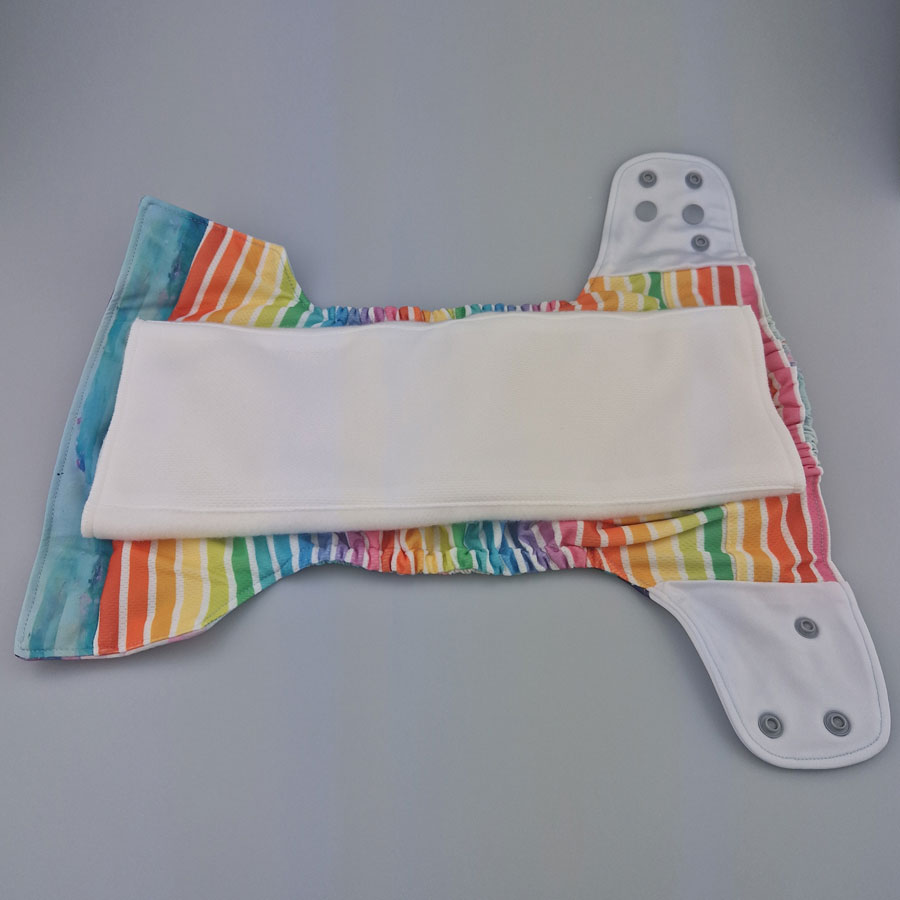
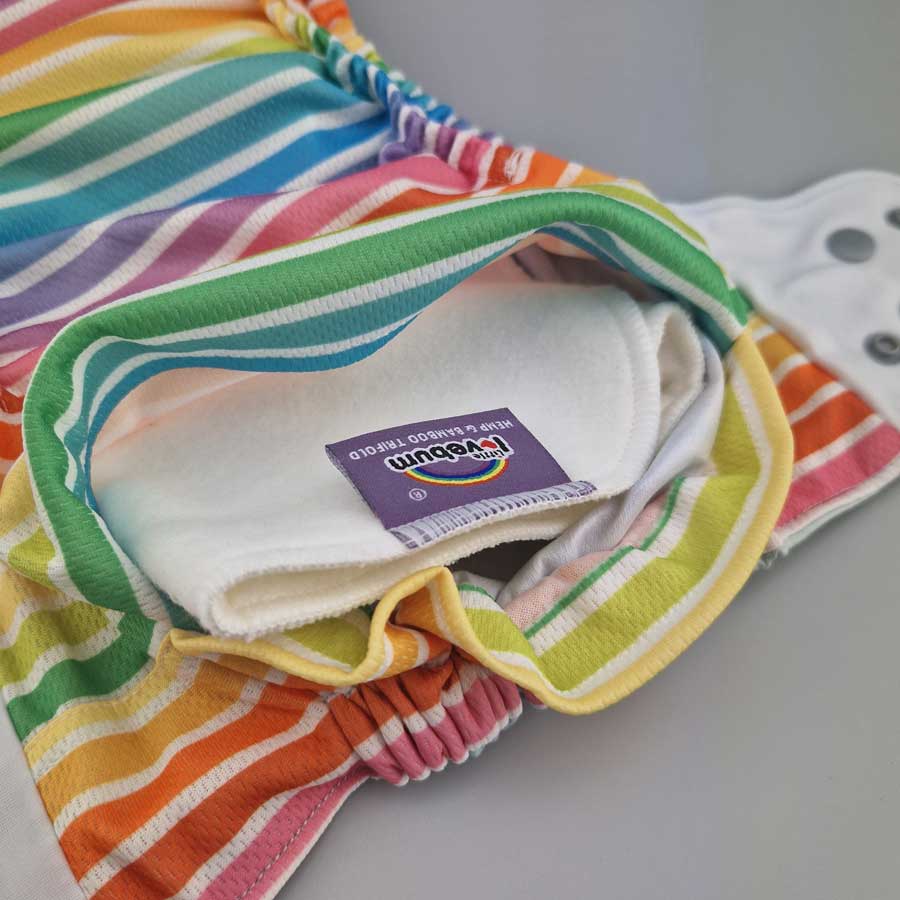
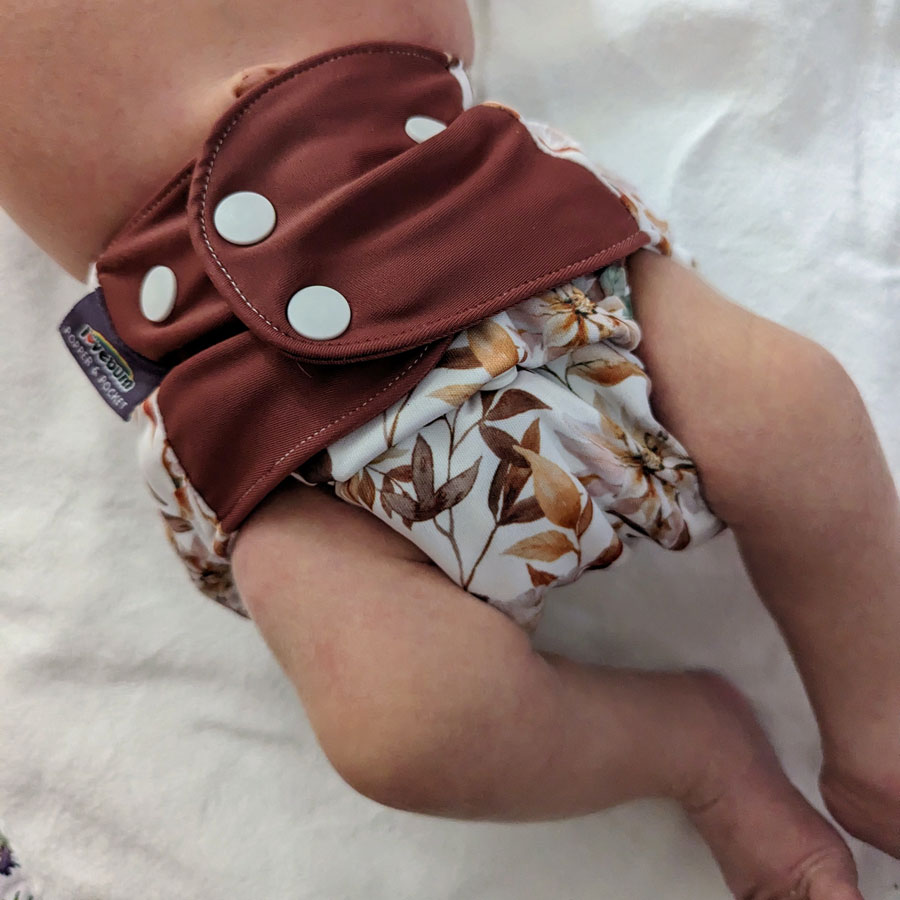
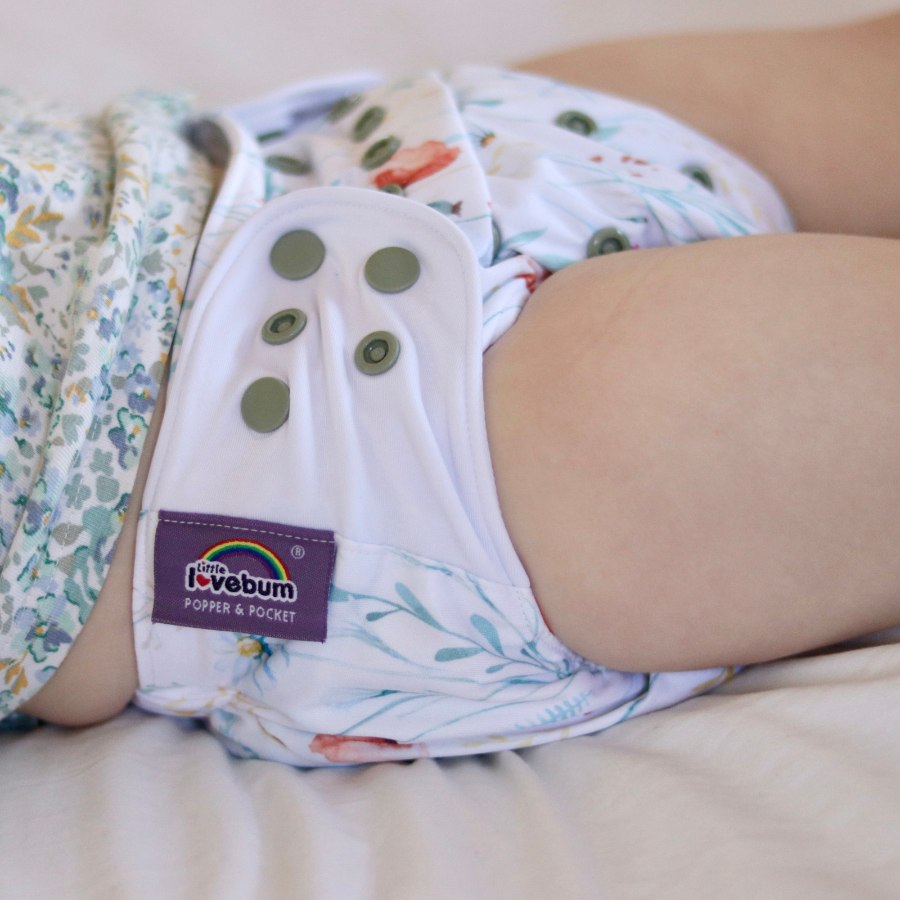
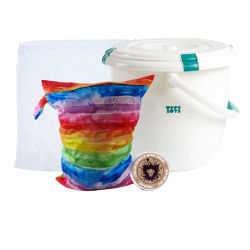
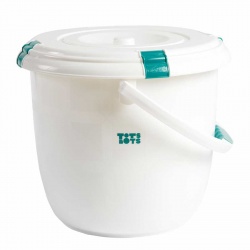
.jpg)
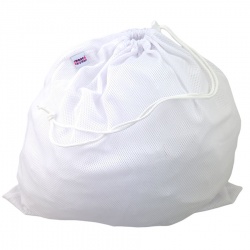
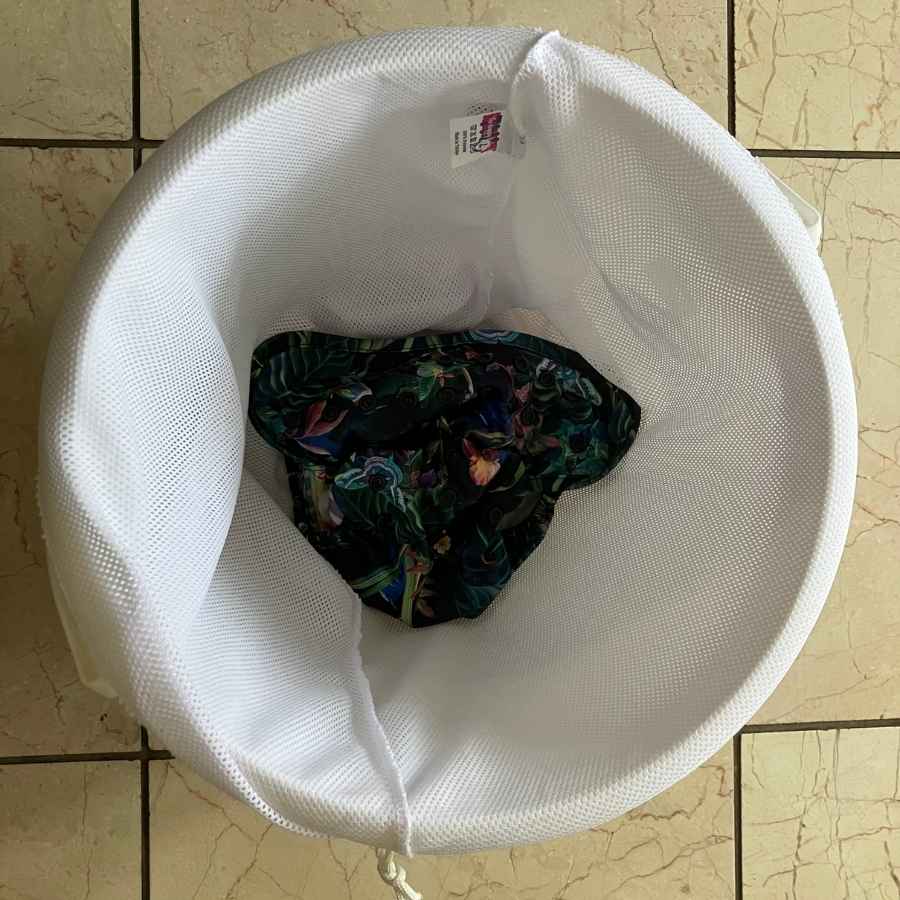
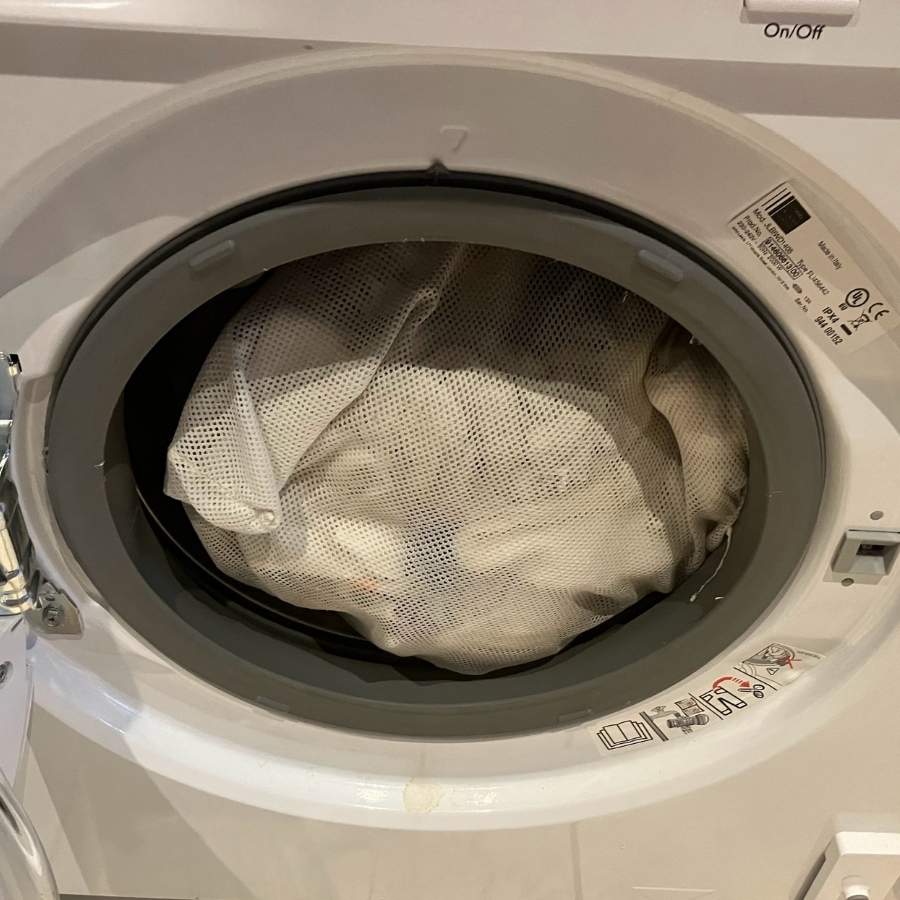
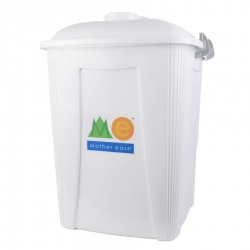
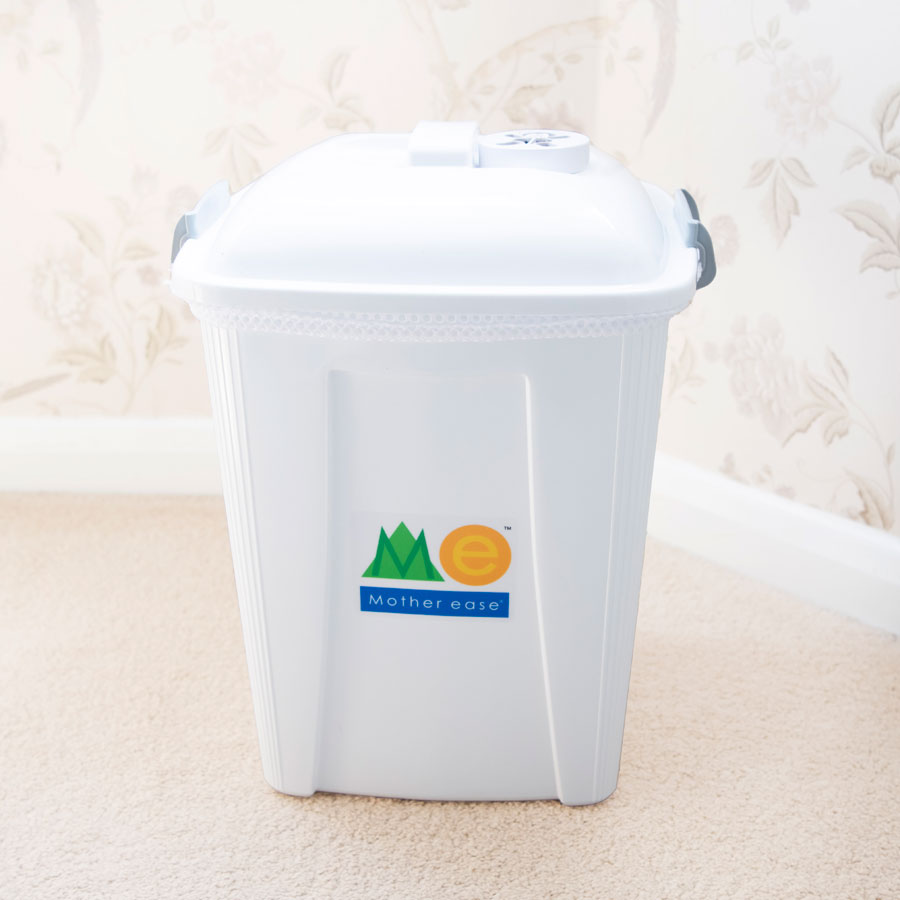
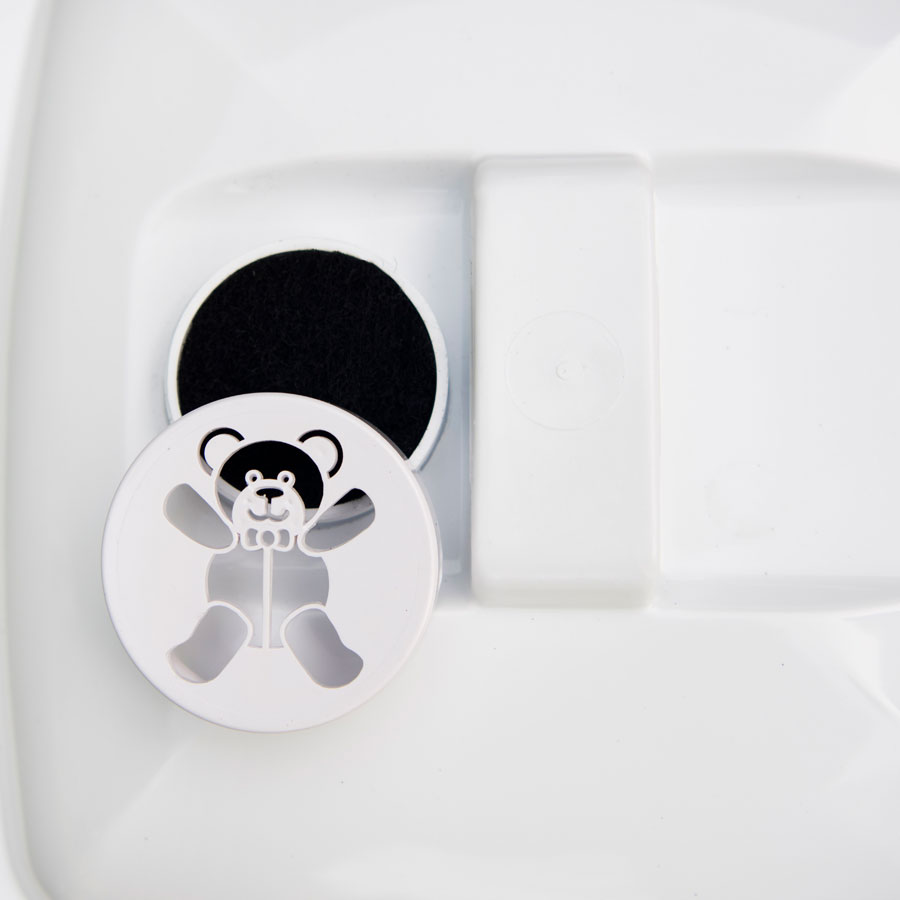
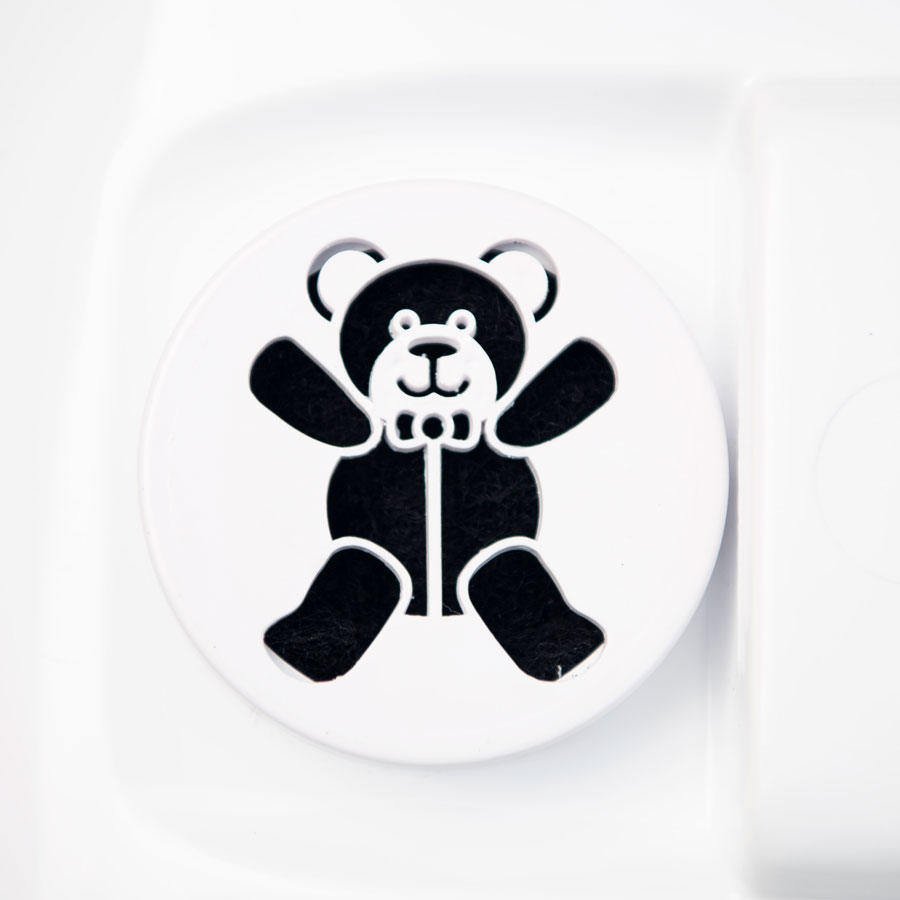
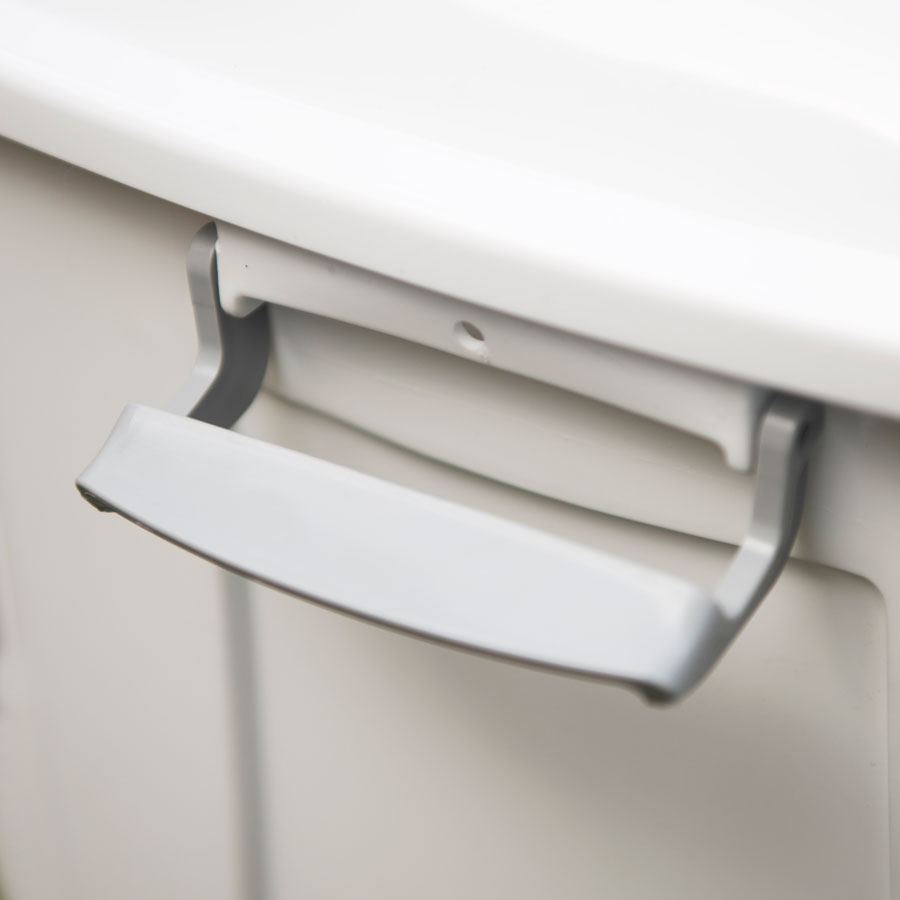

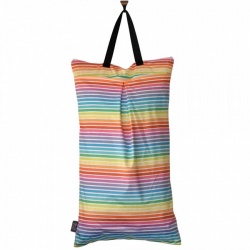
.jpg)
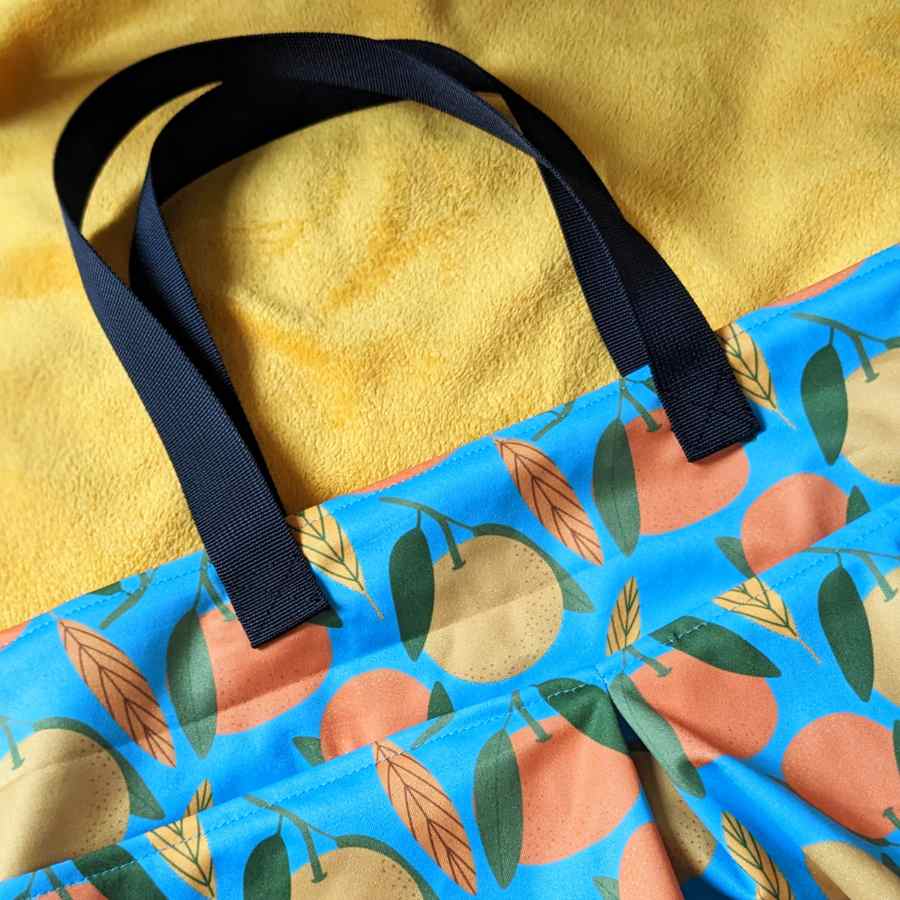

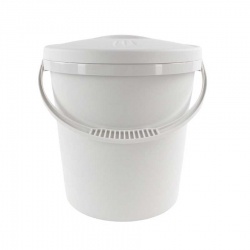
.jpg)
